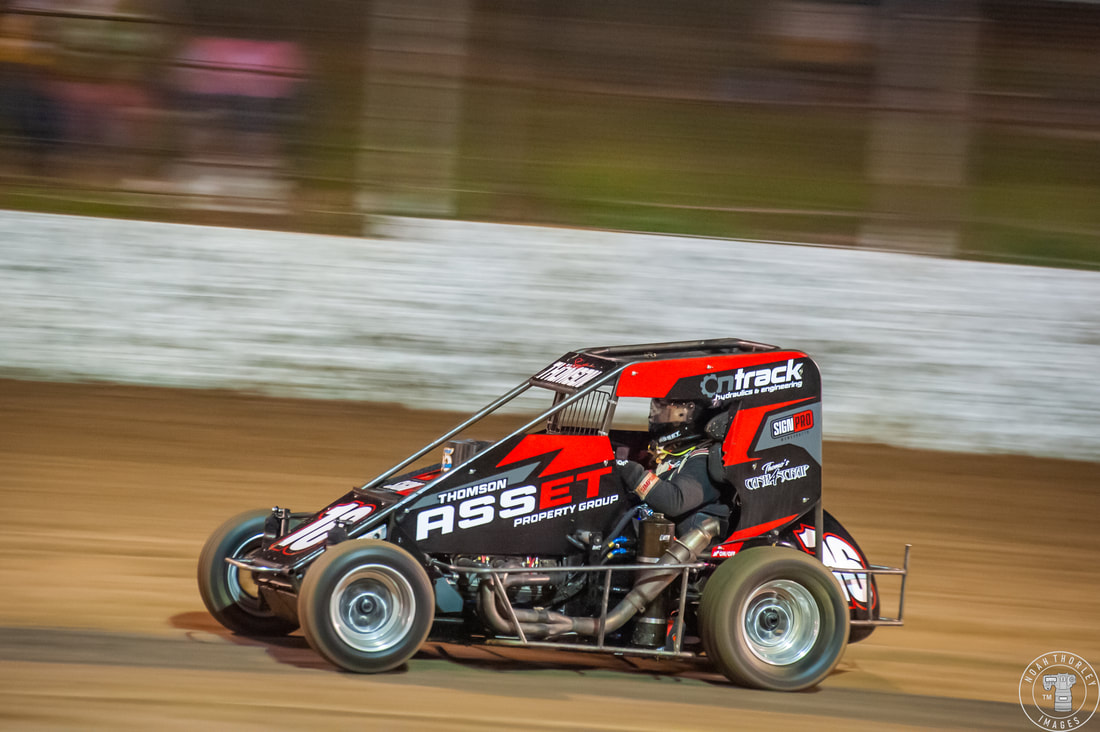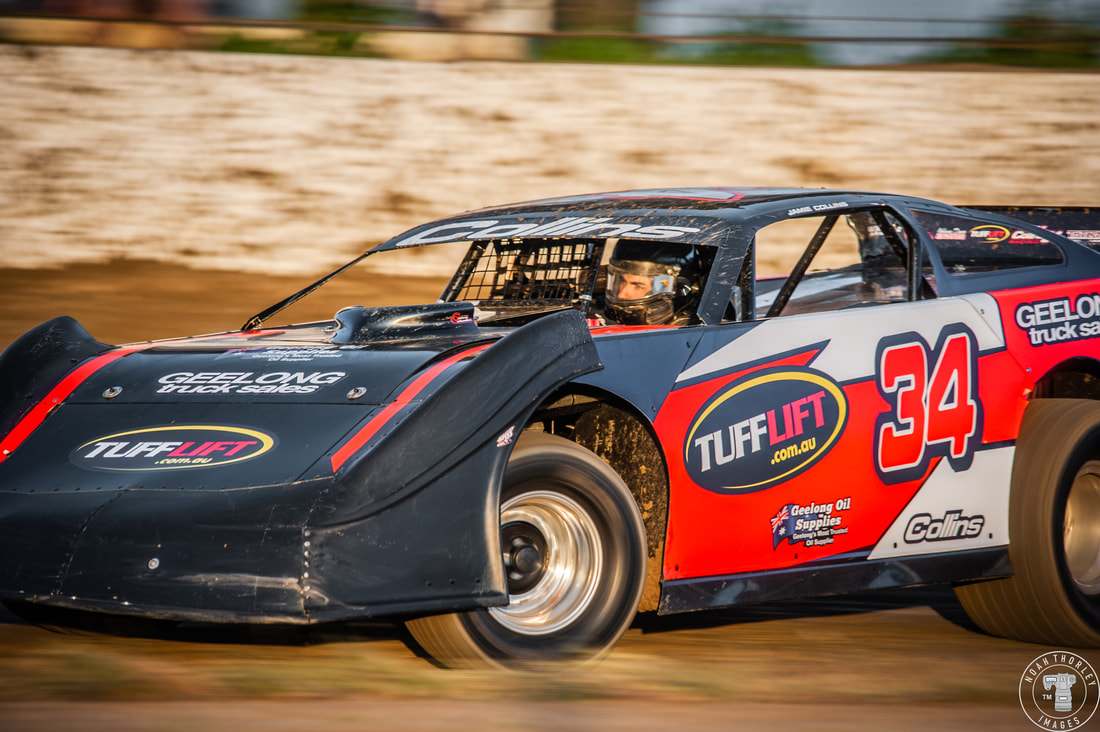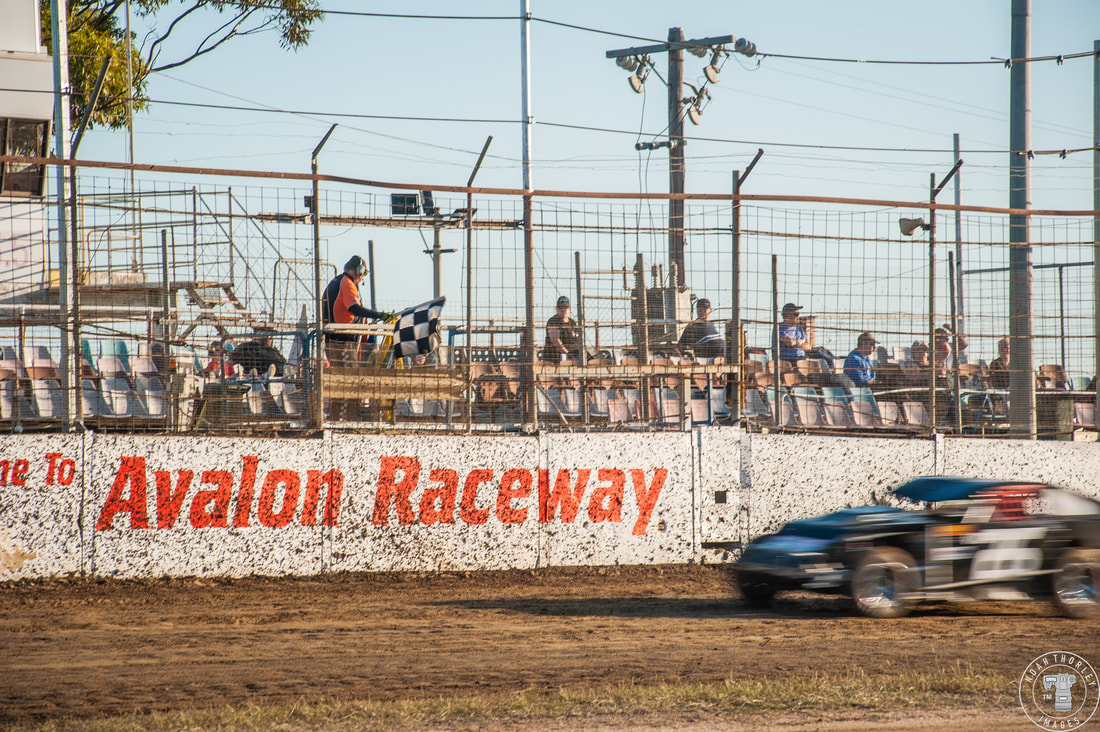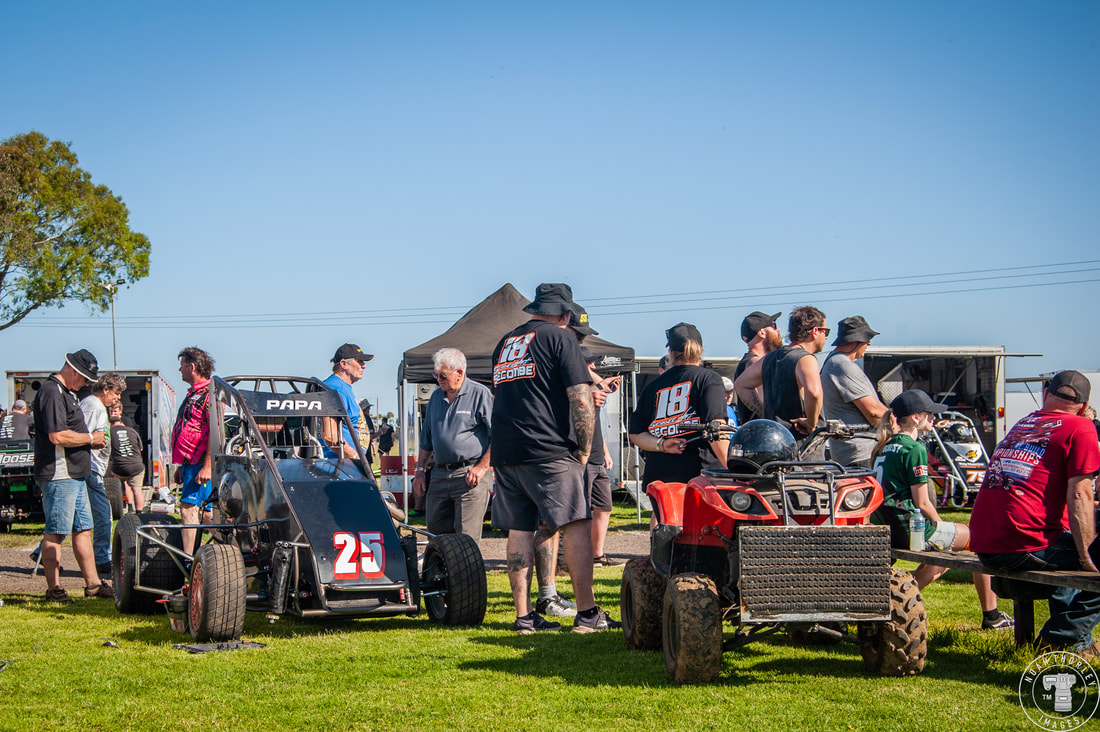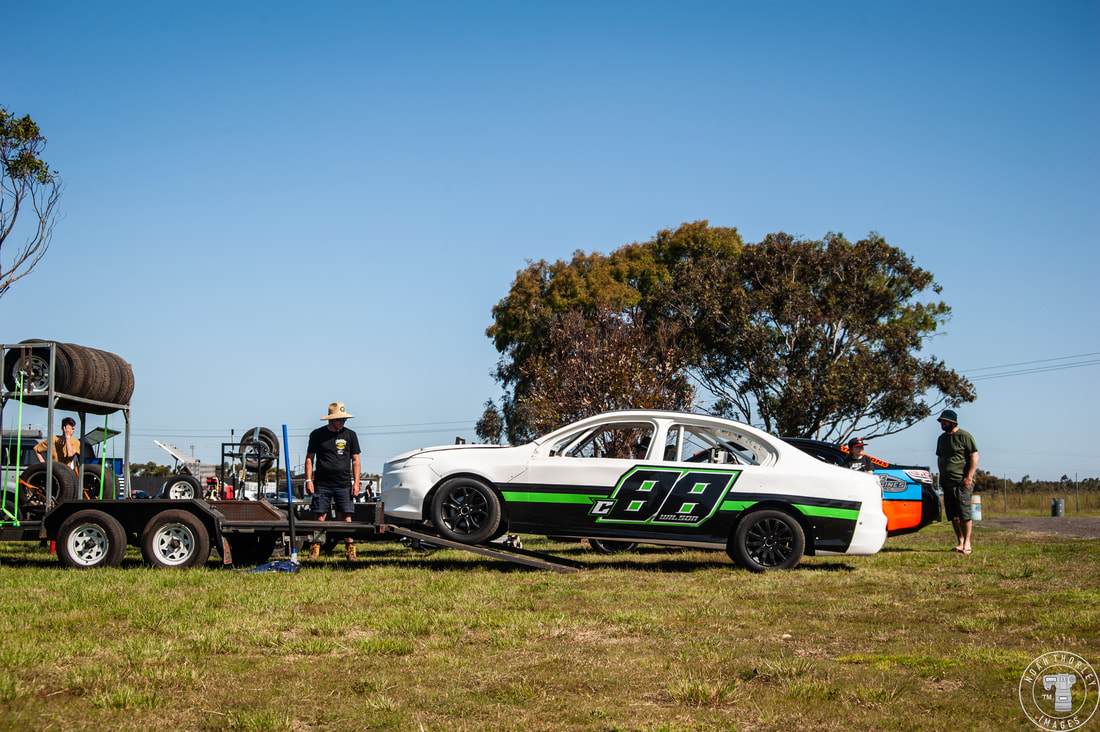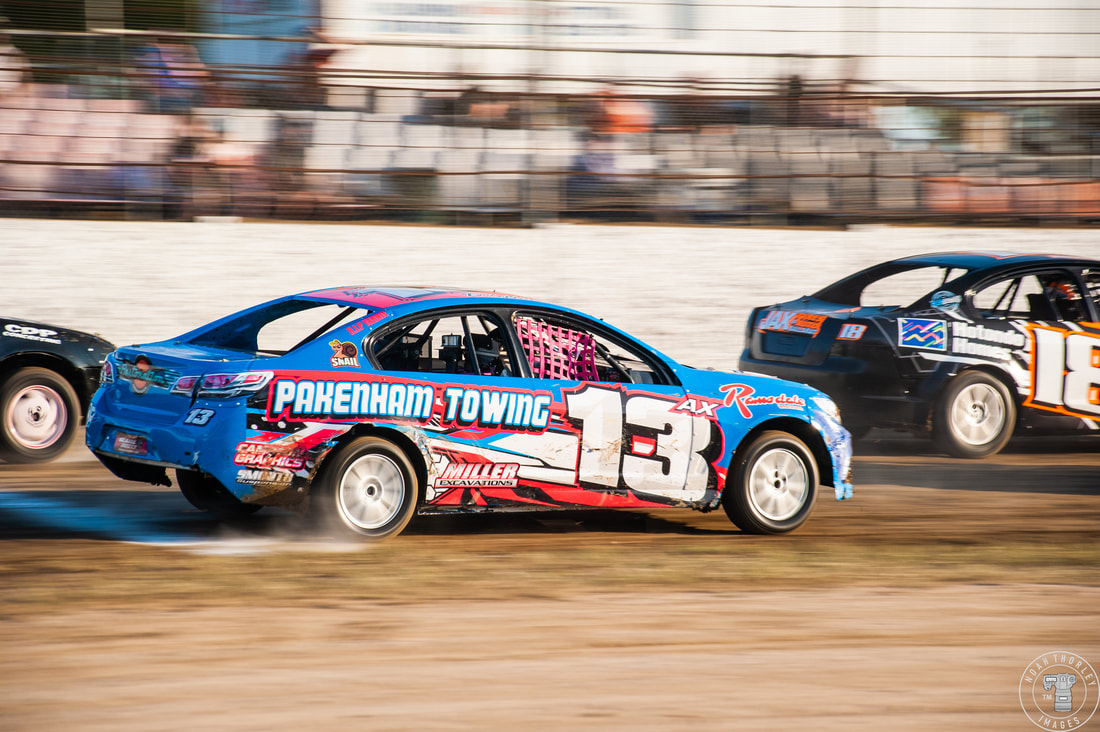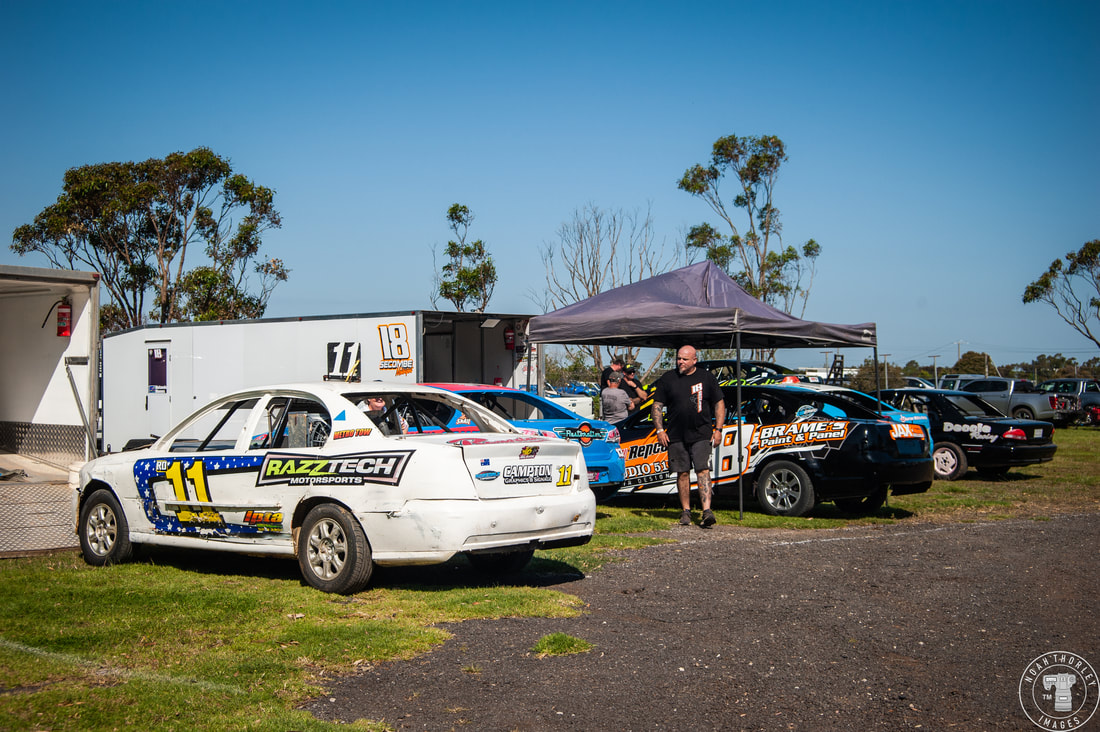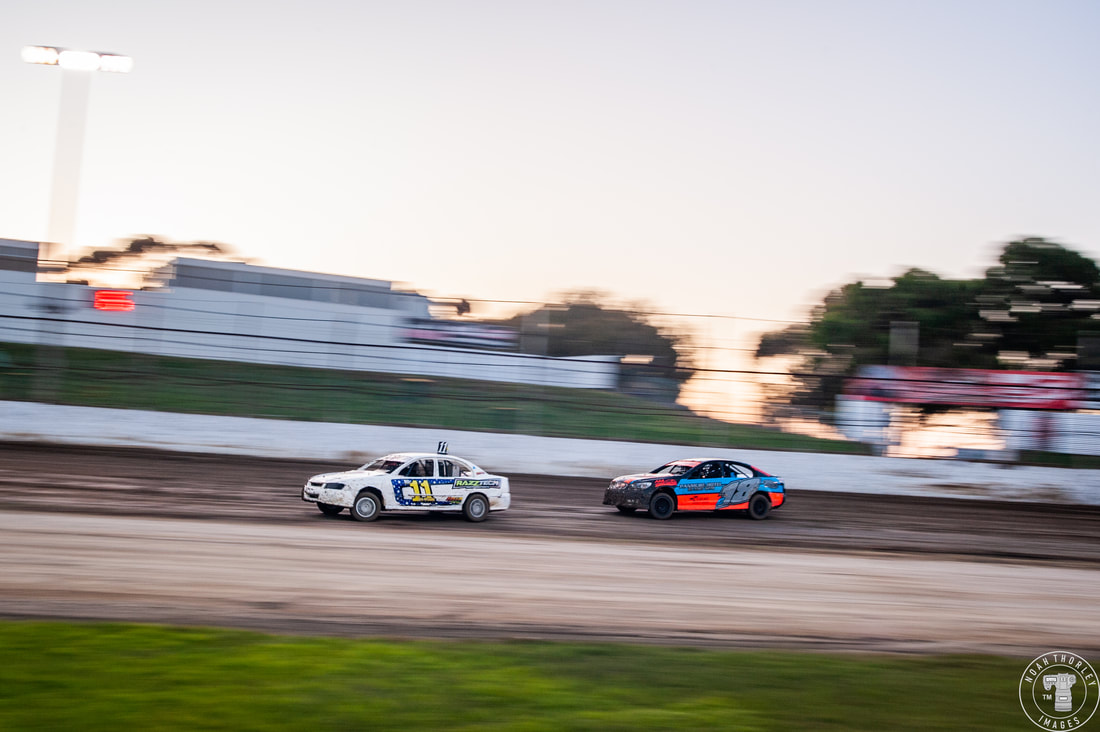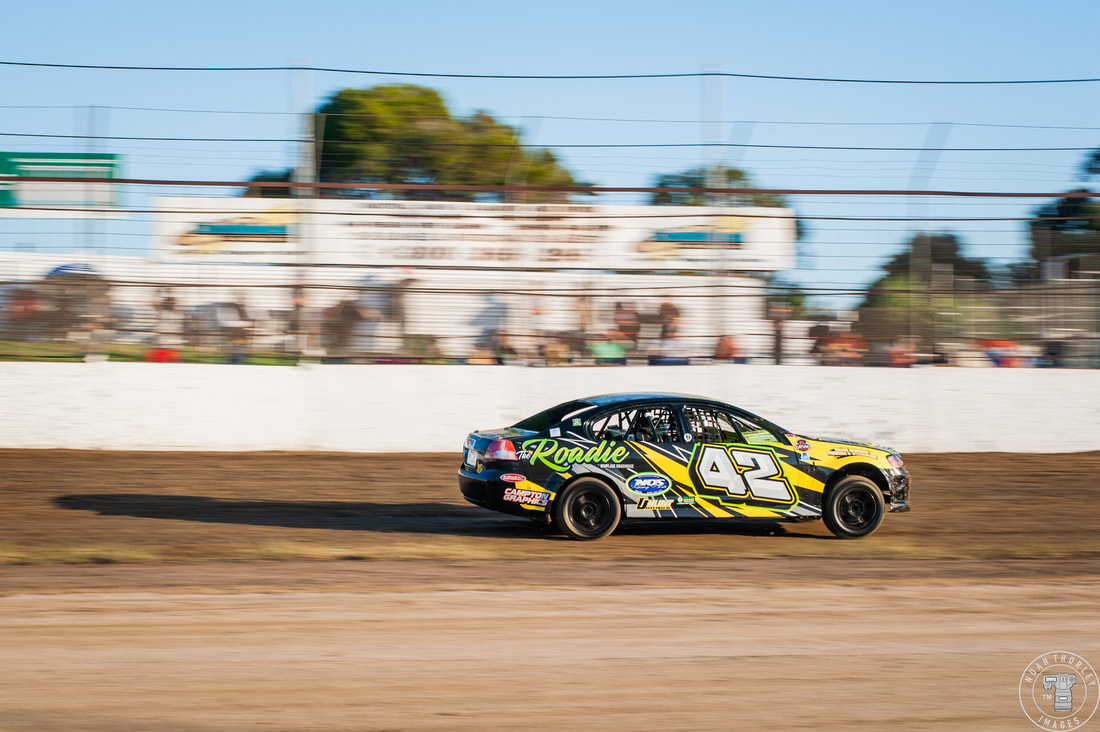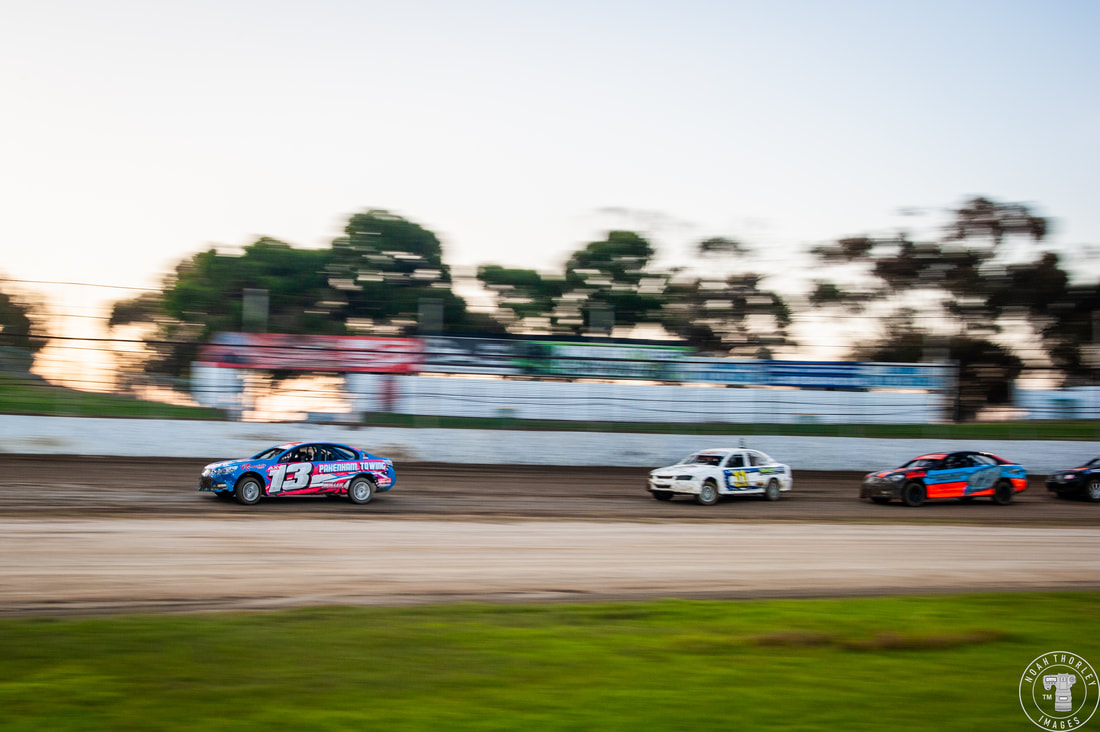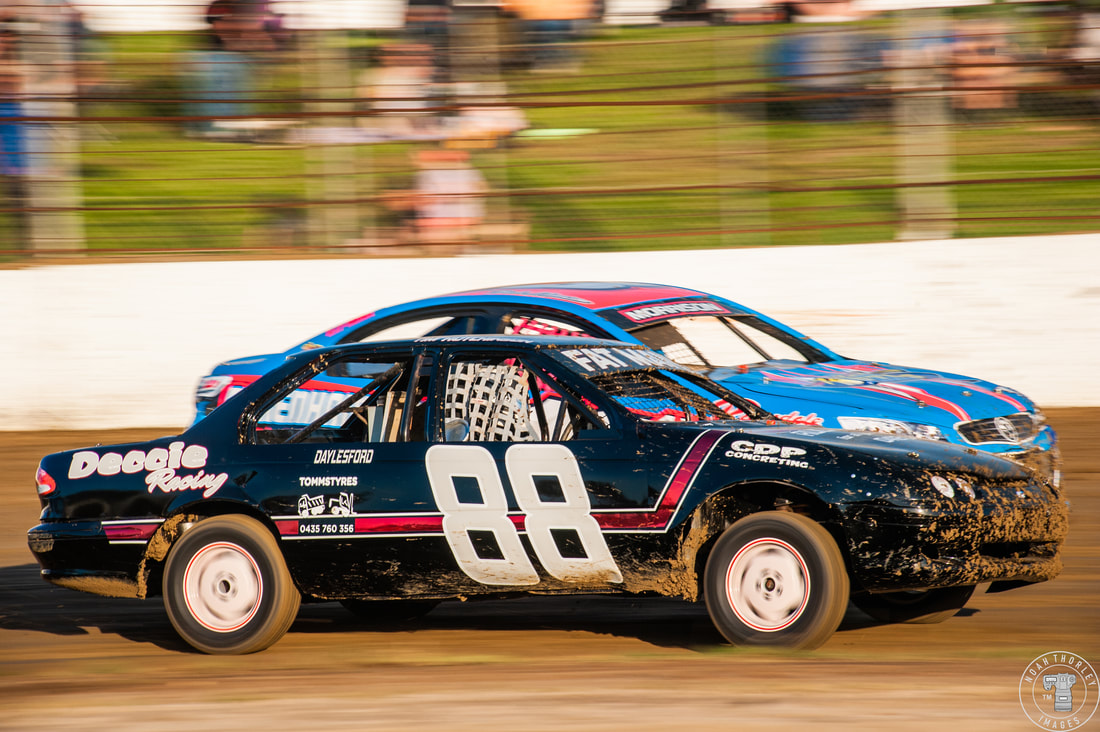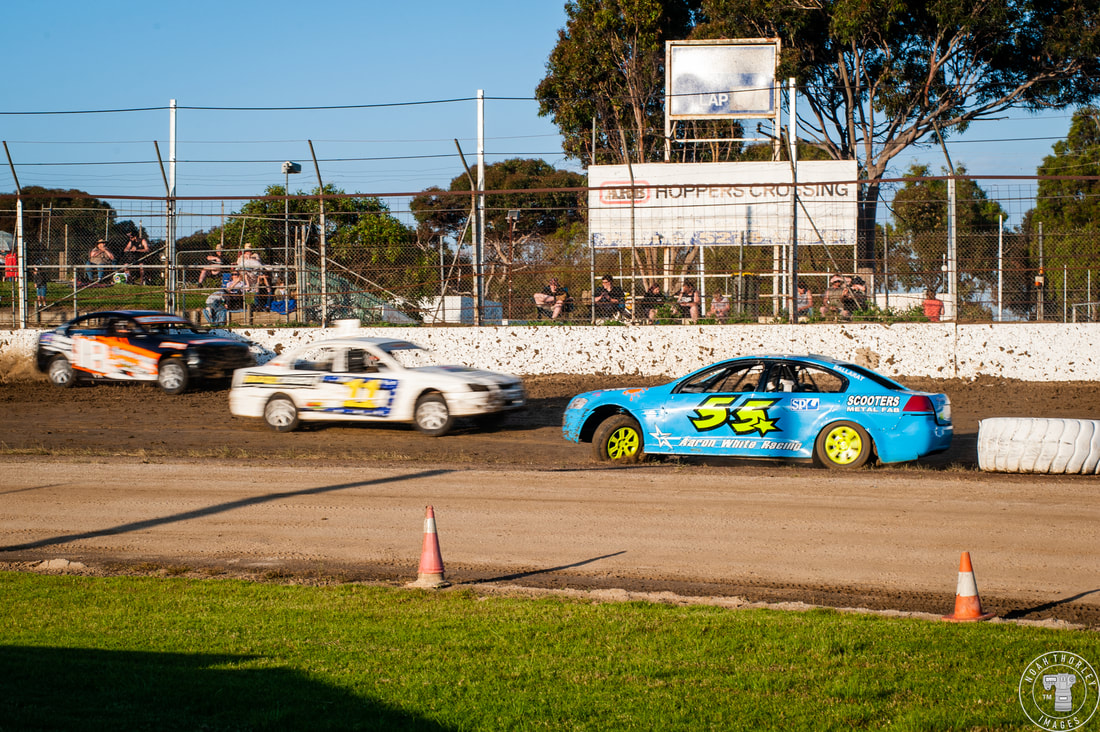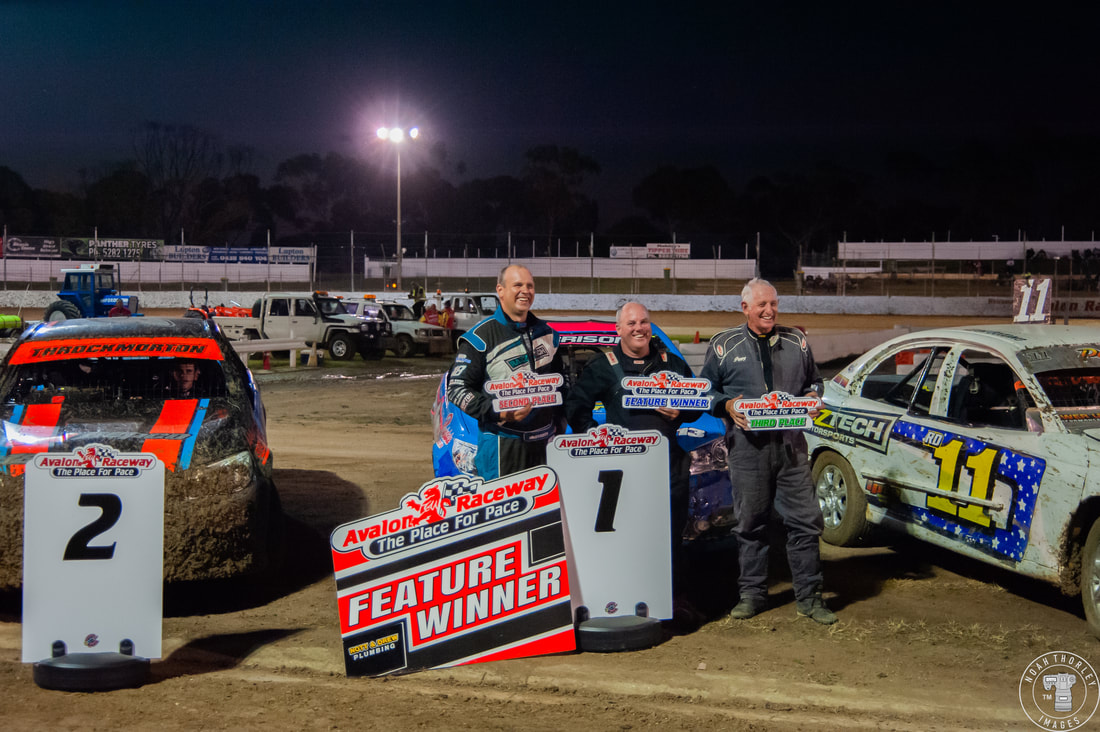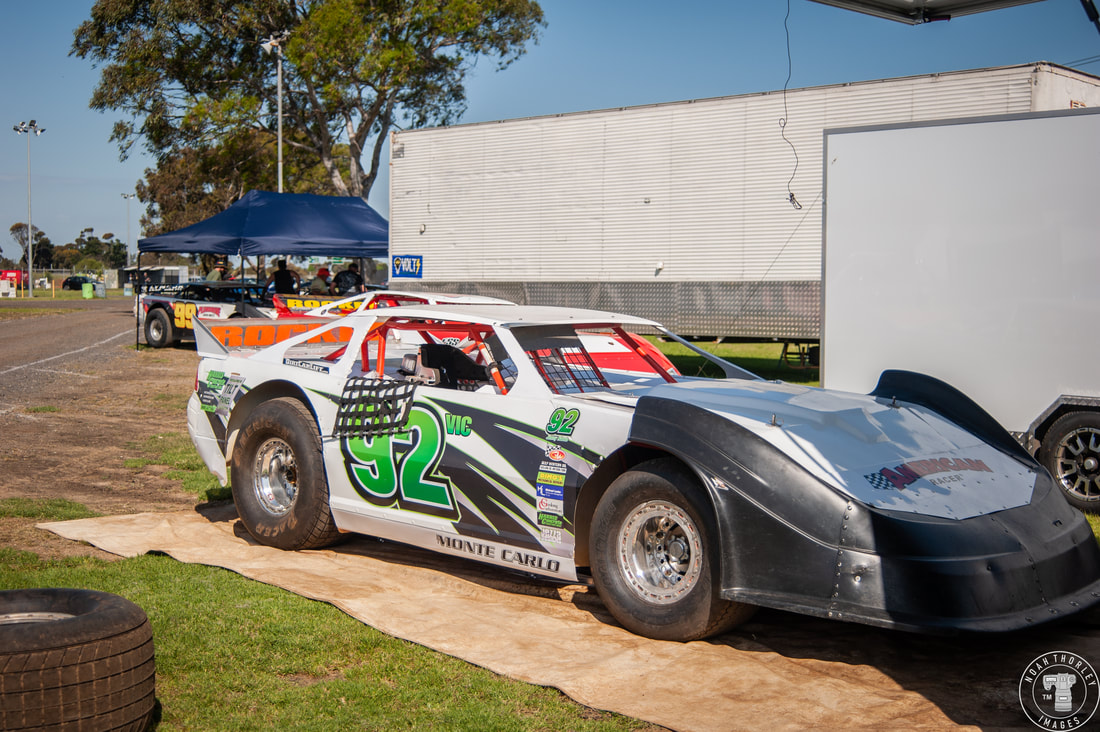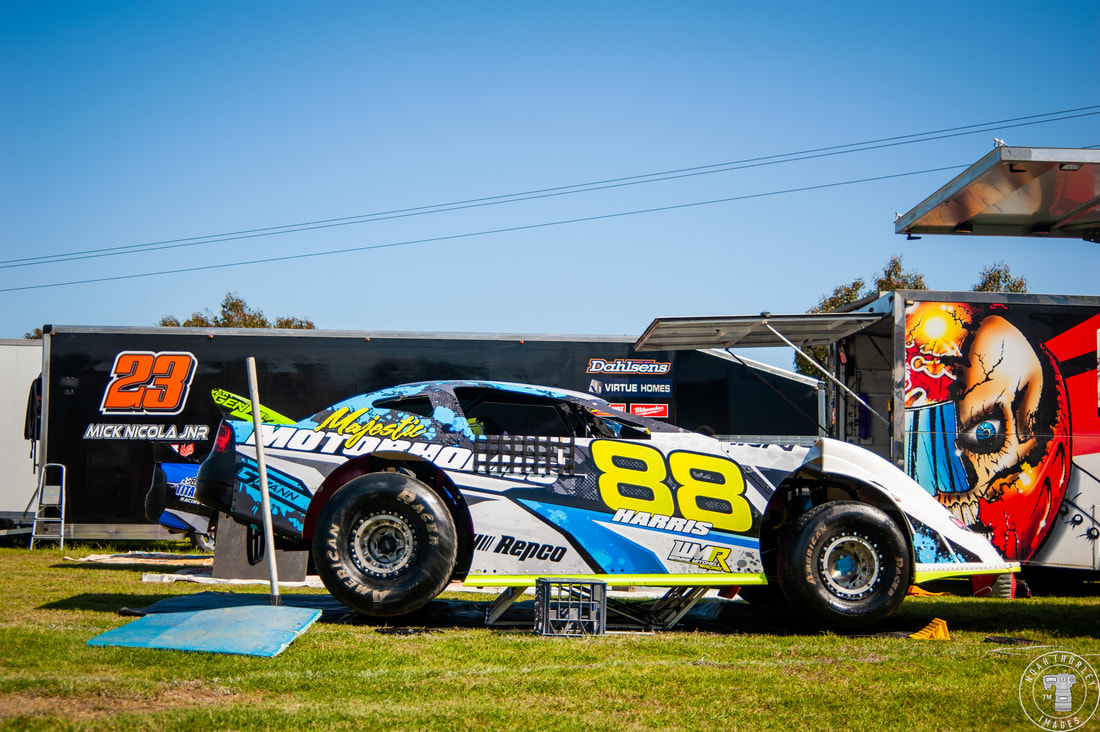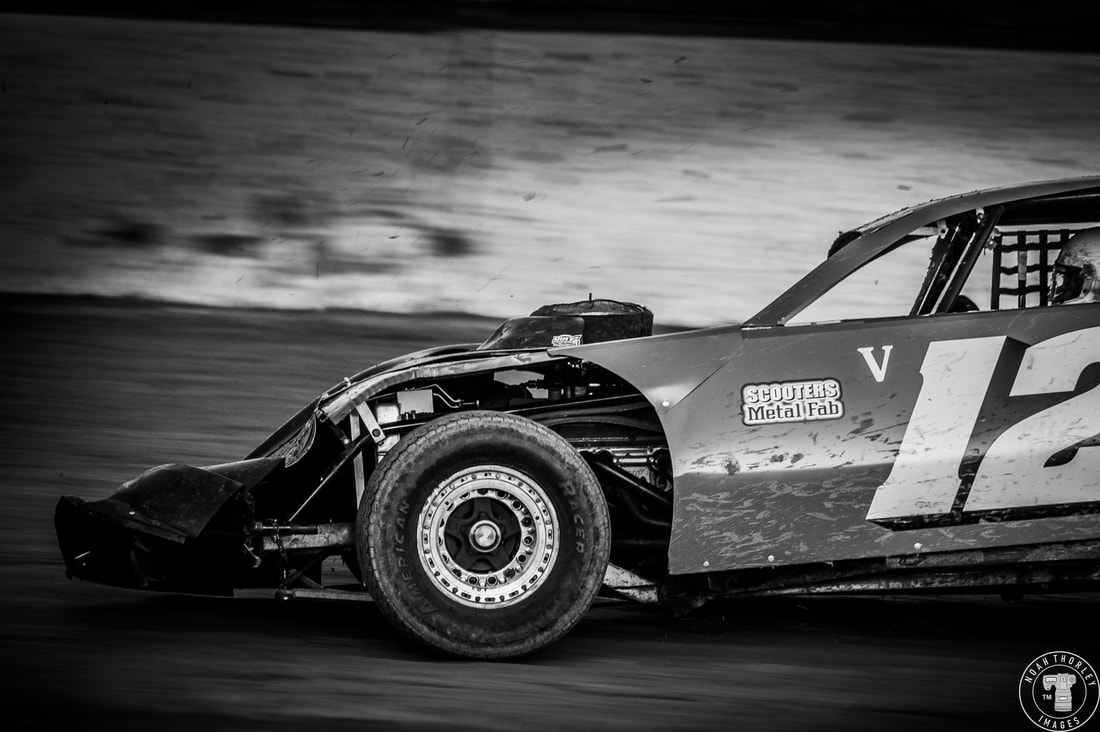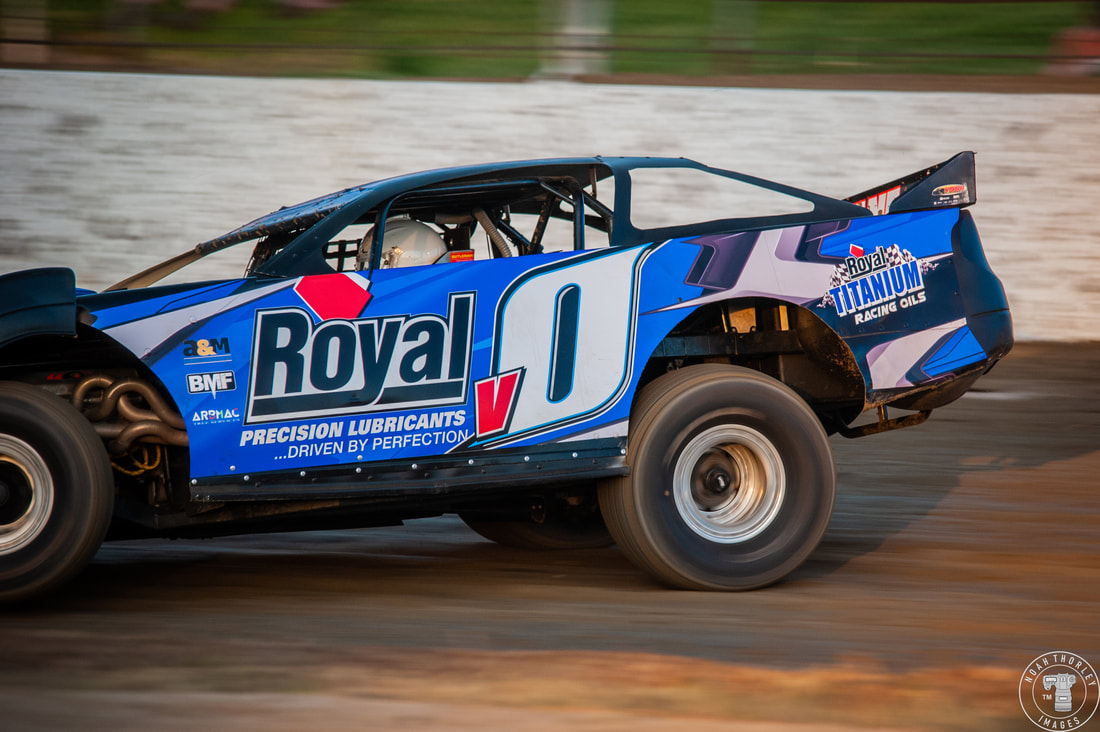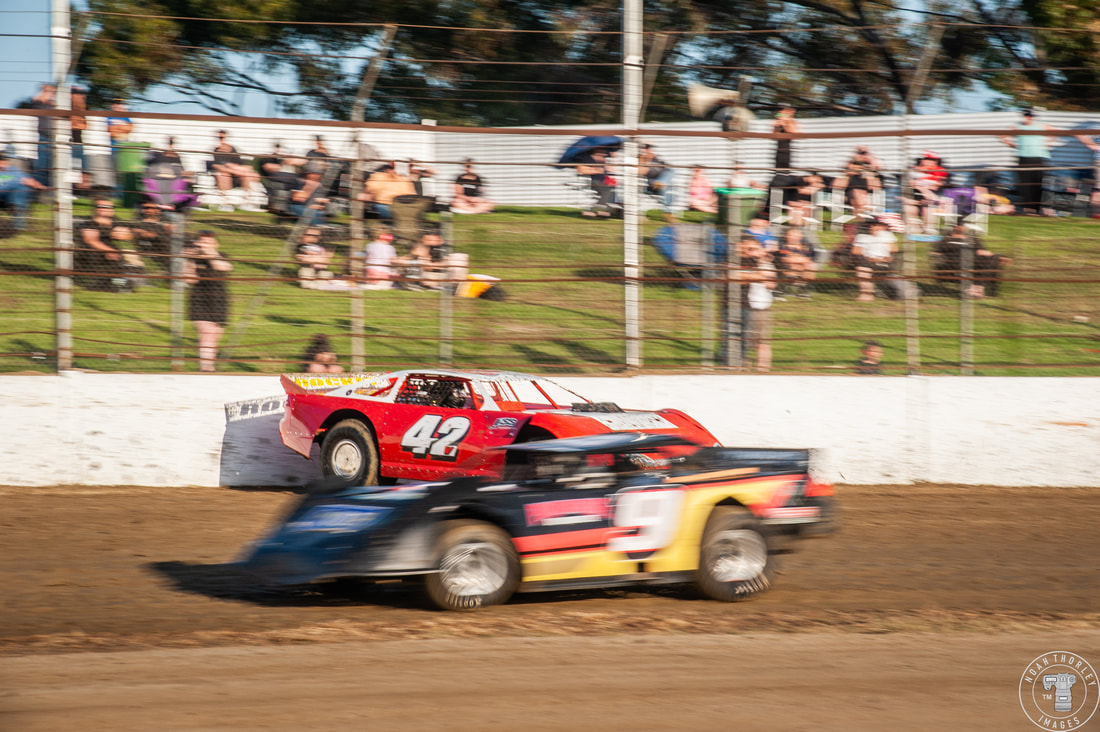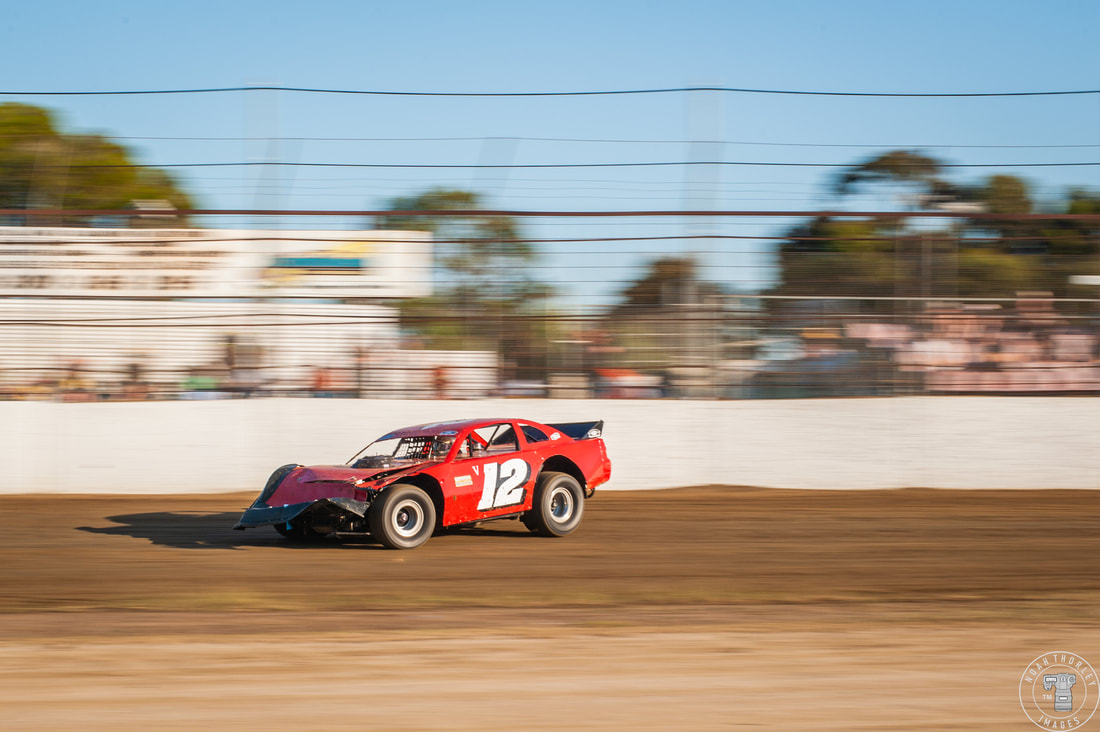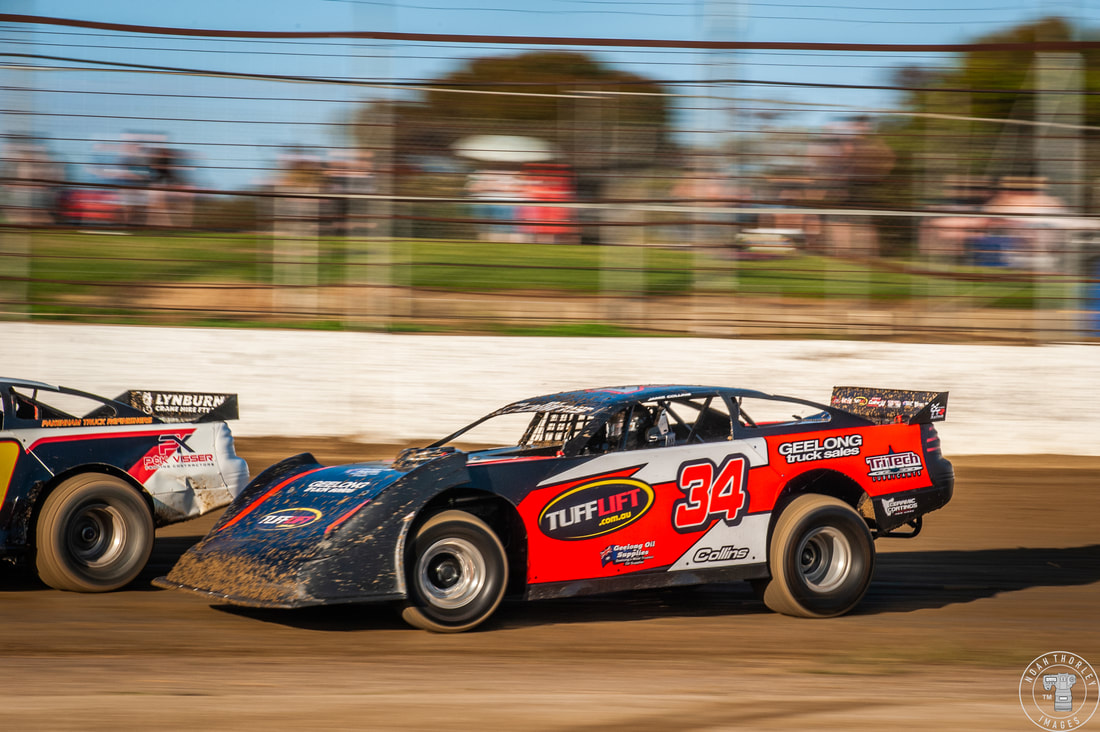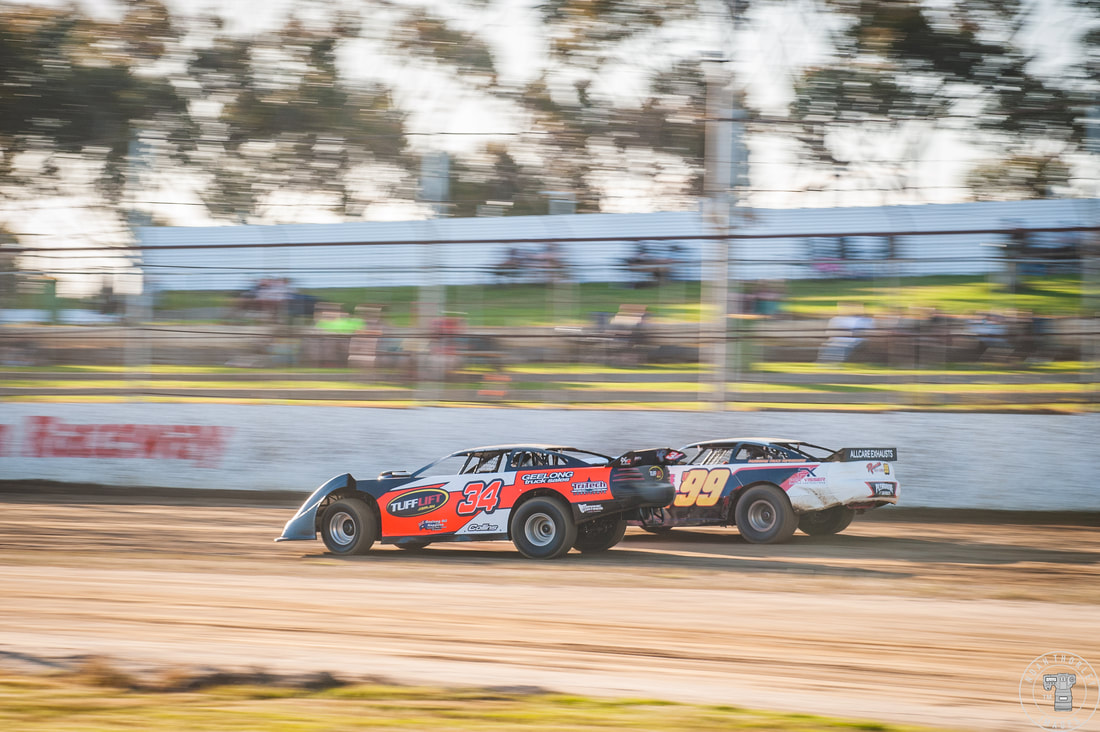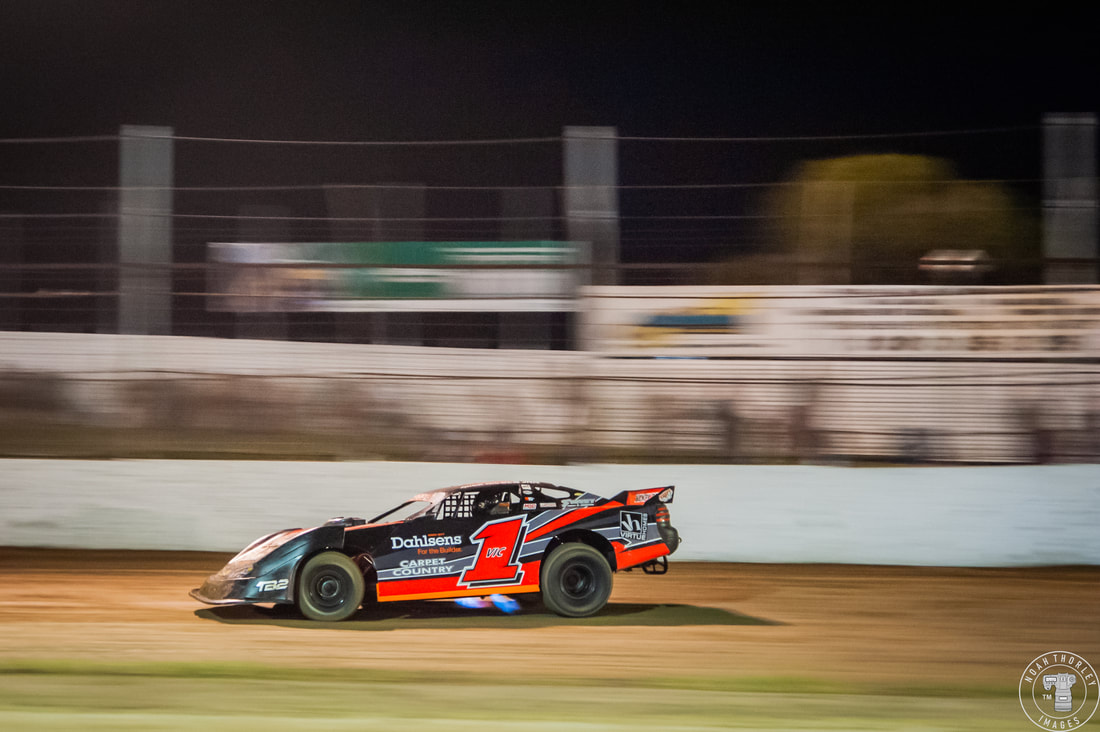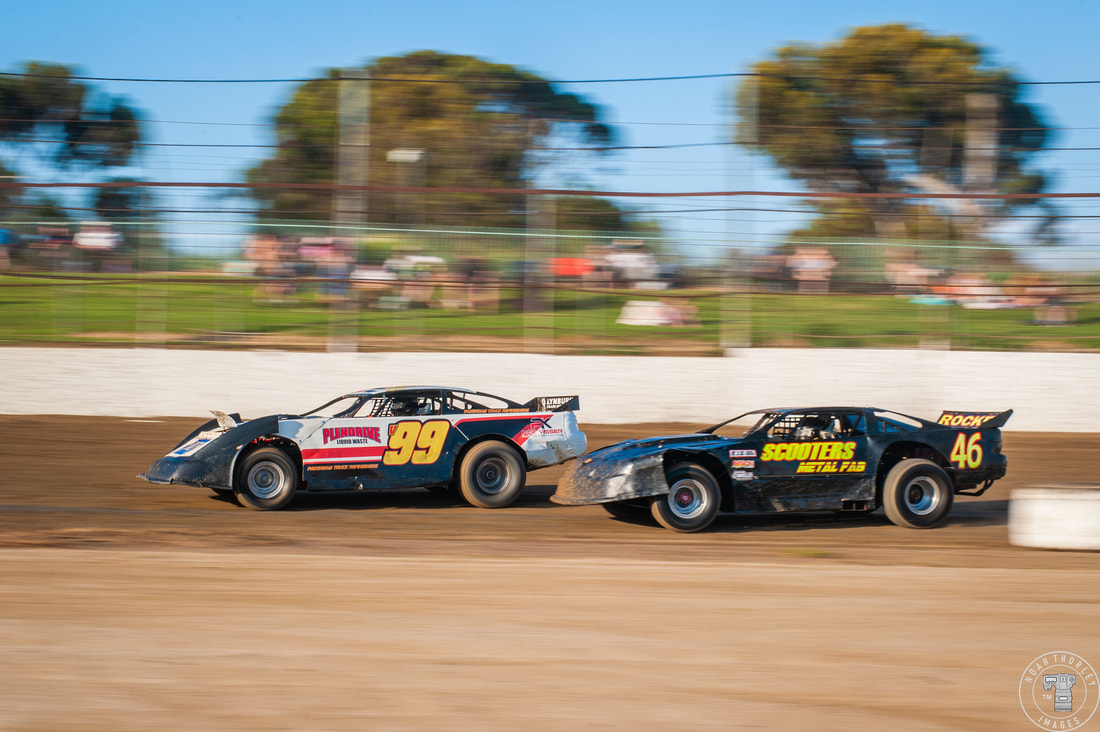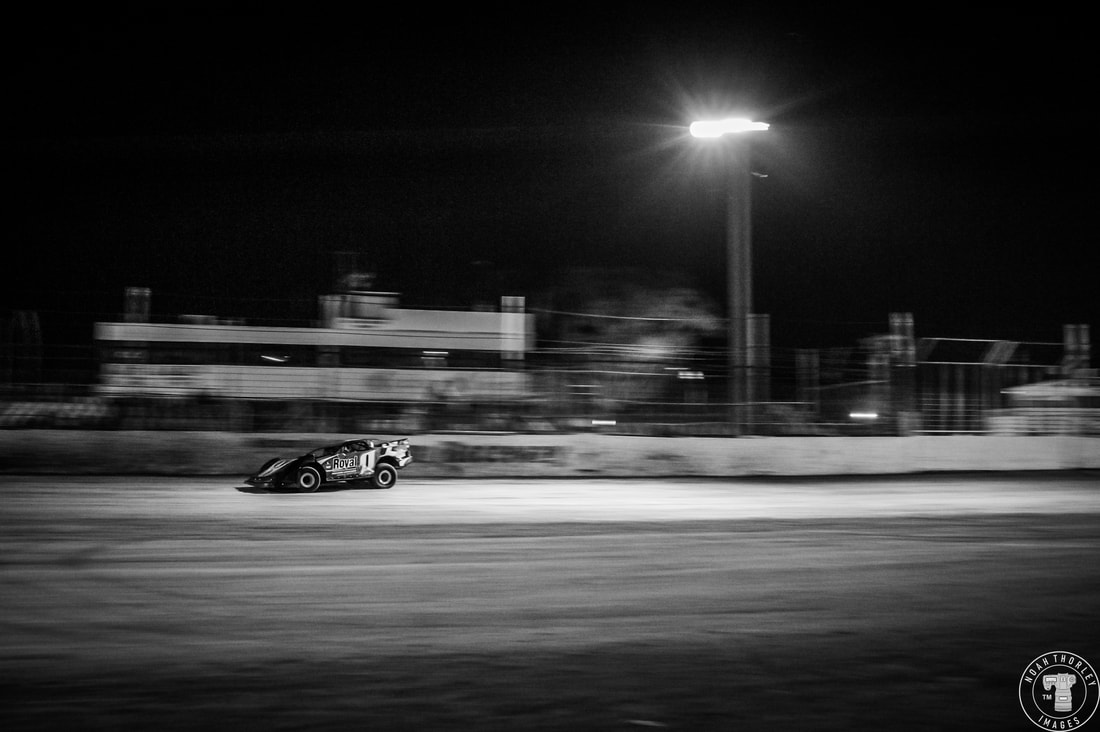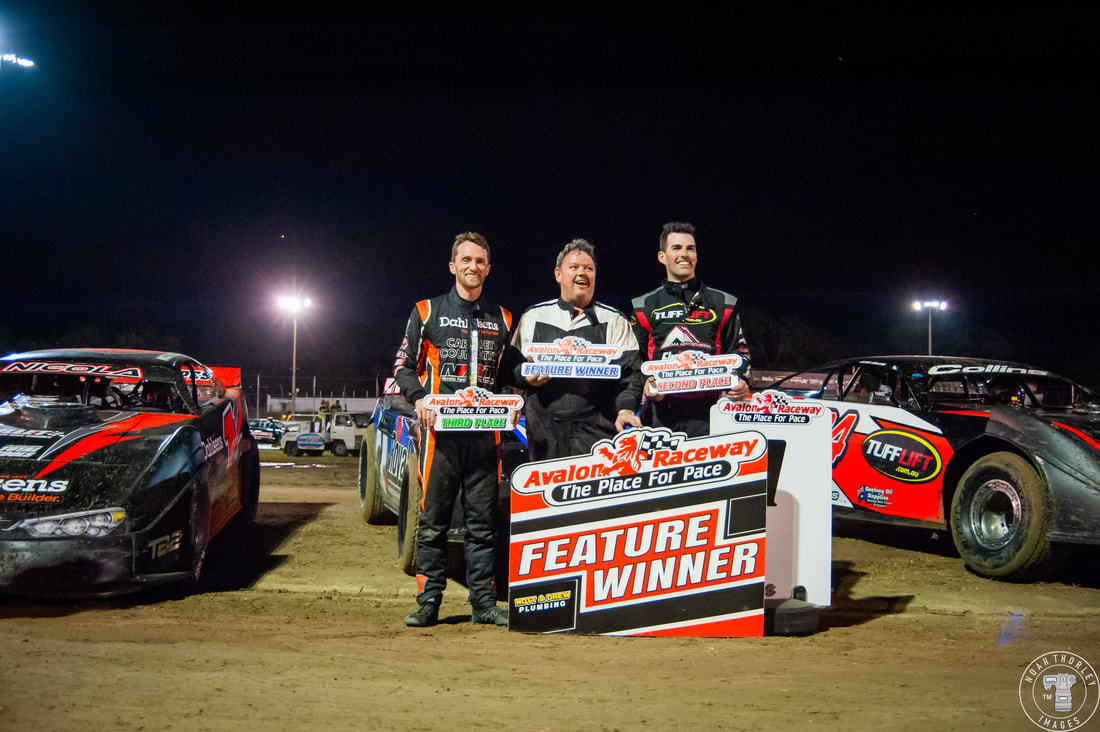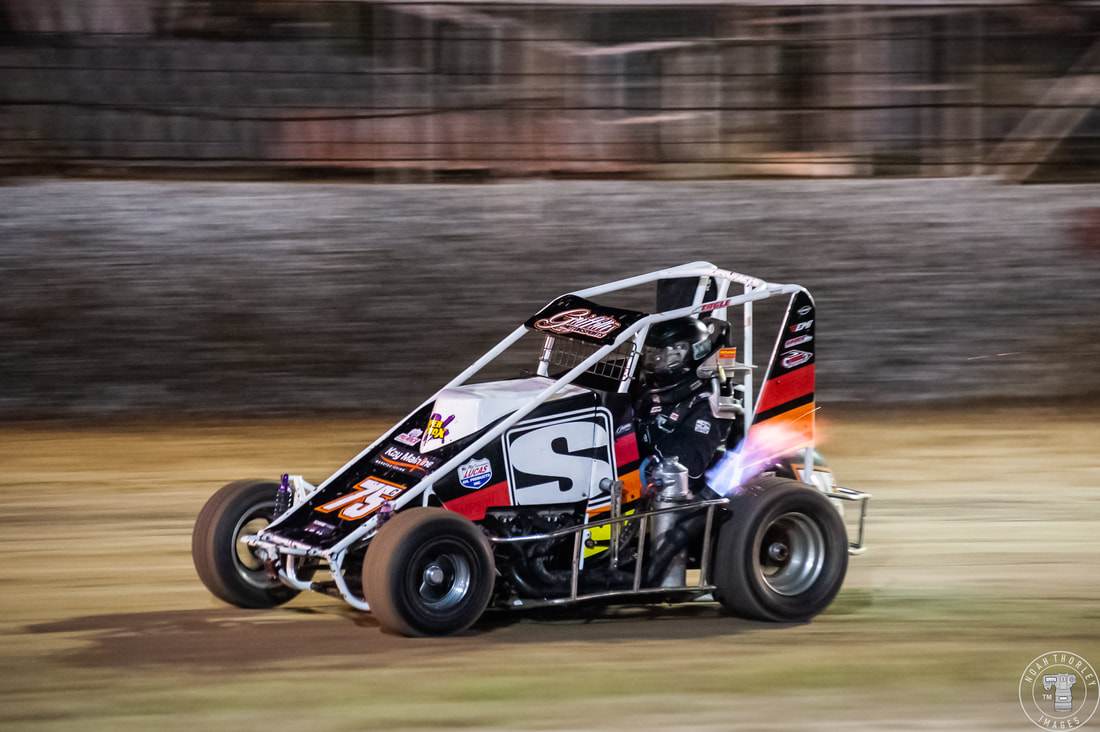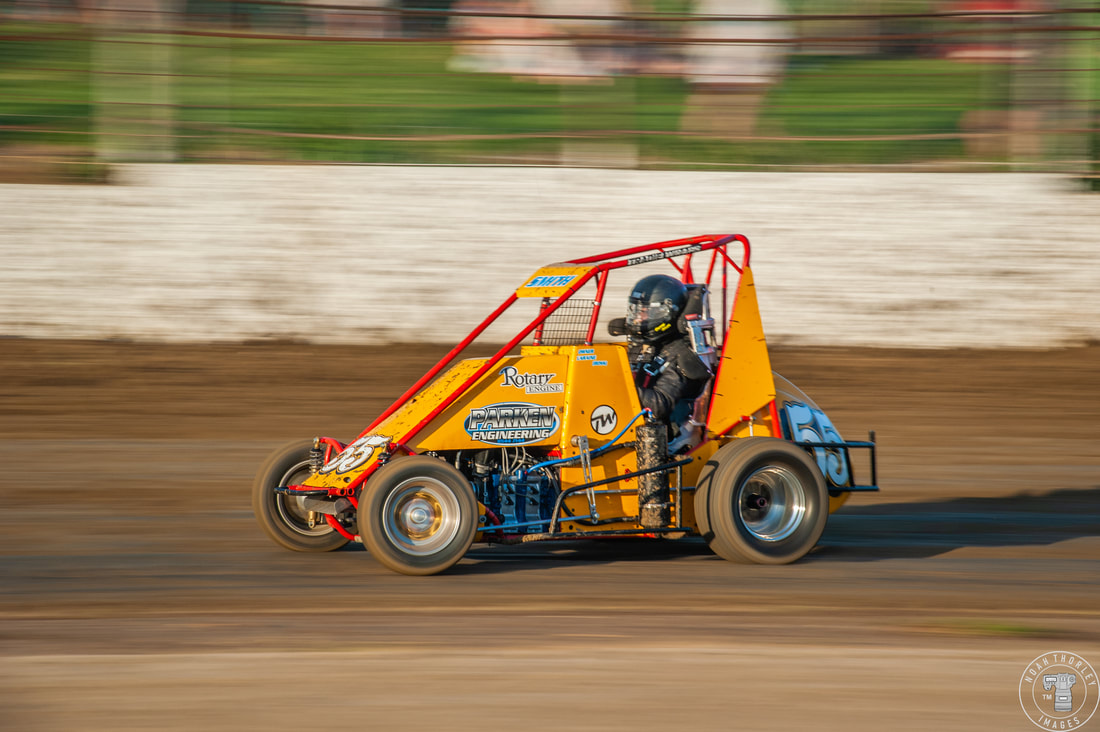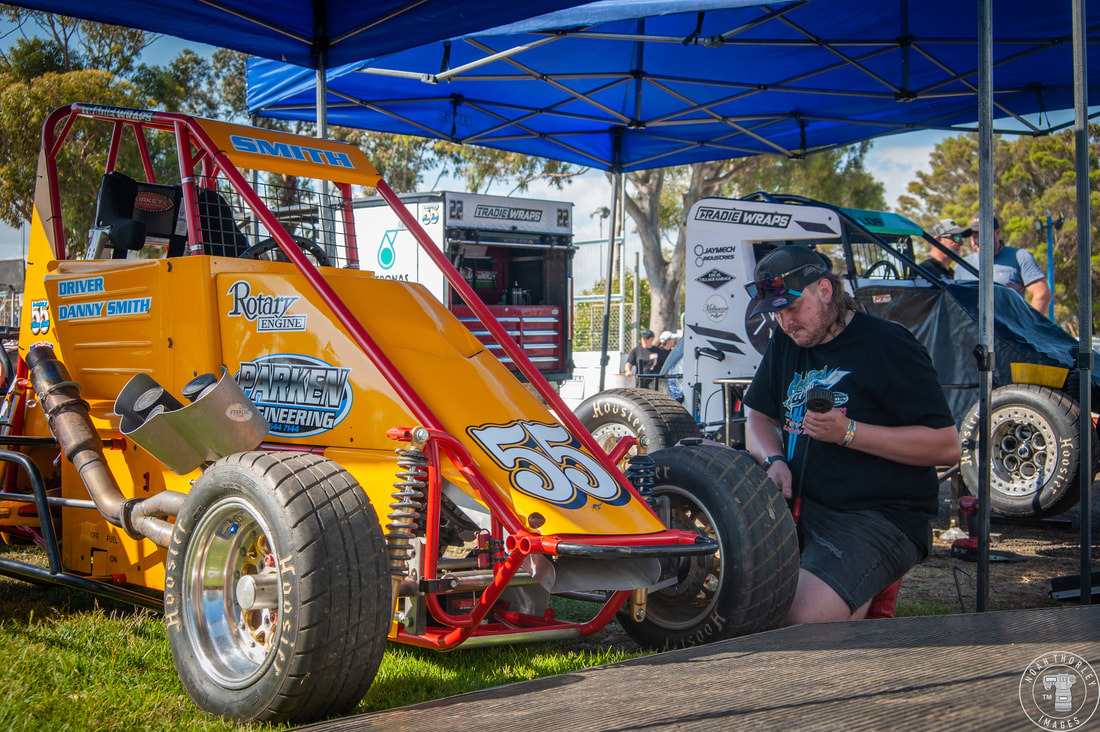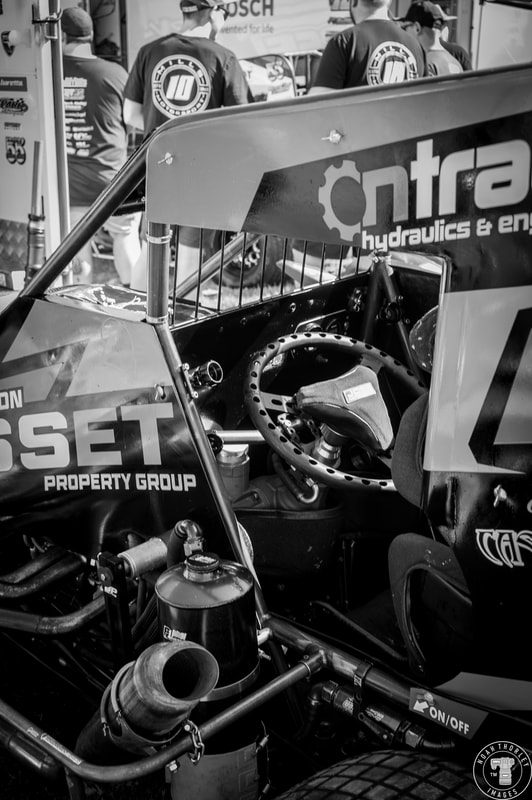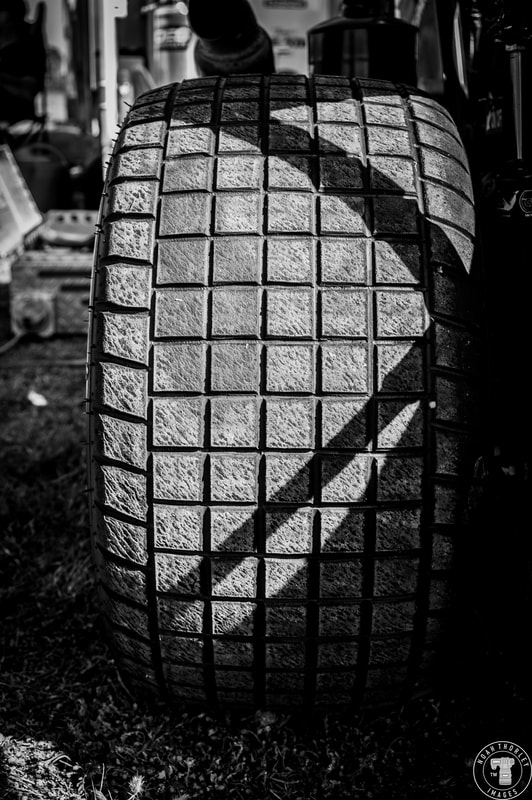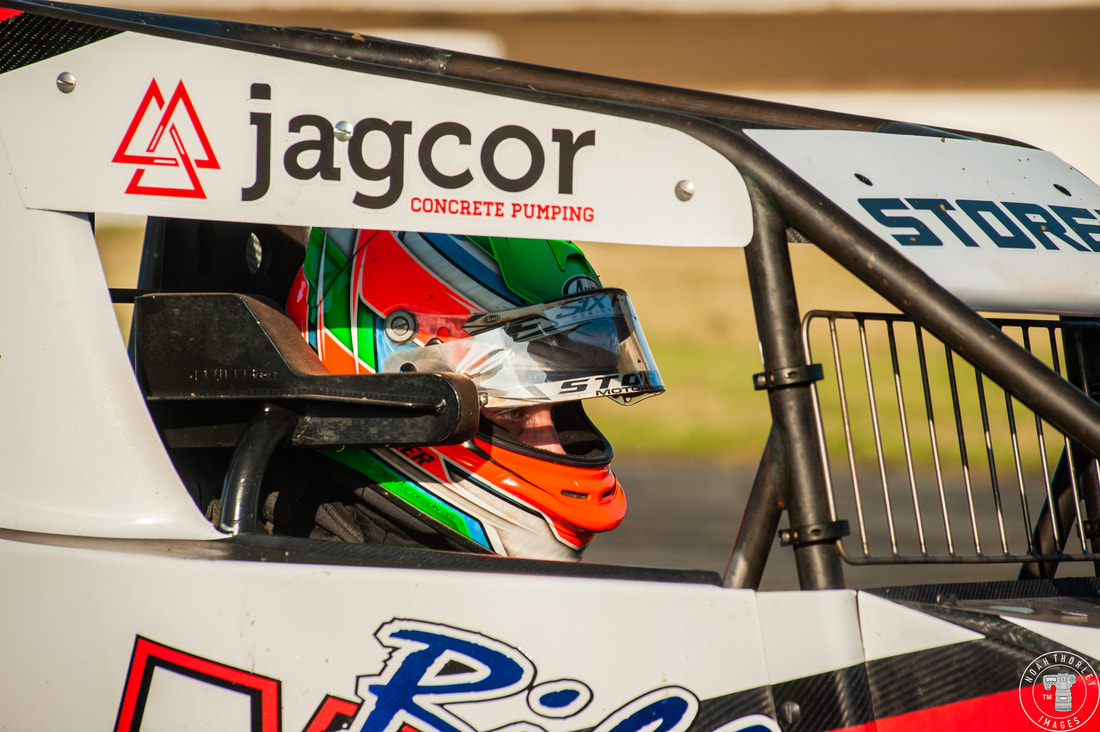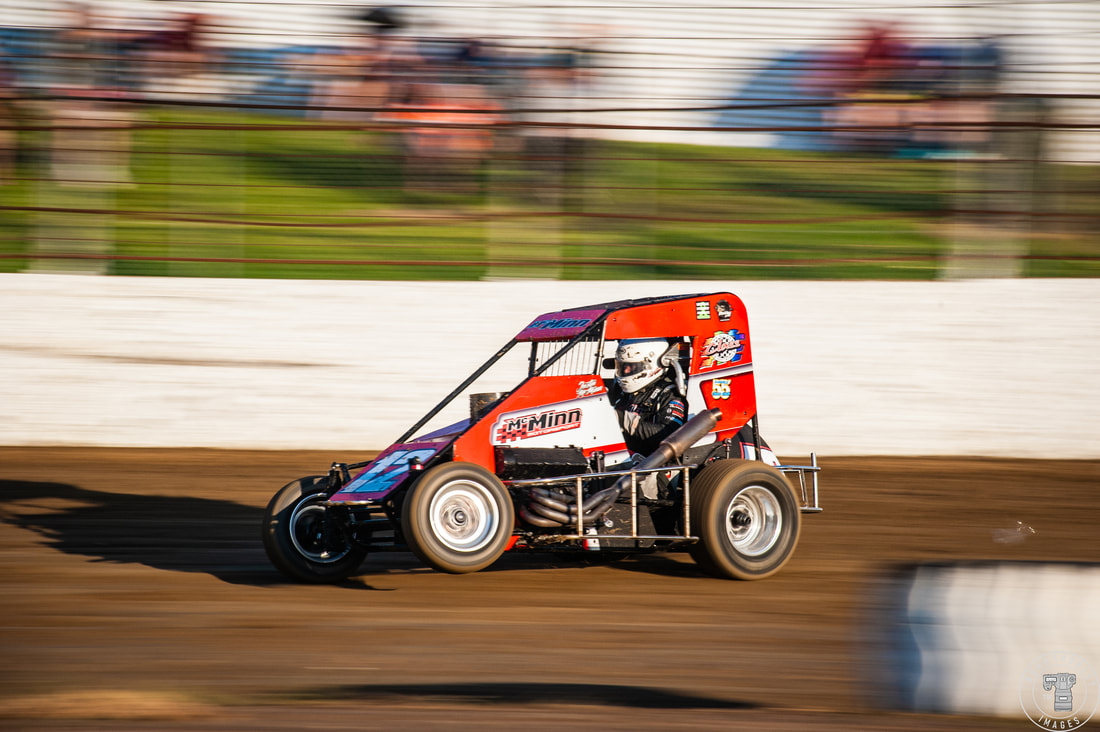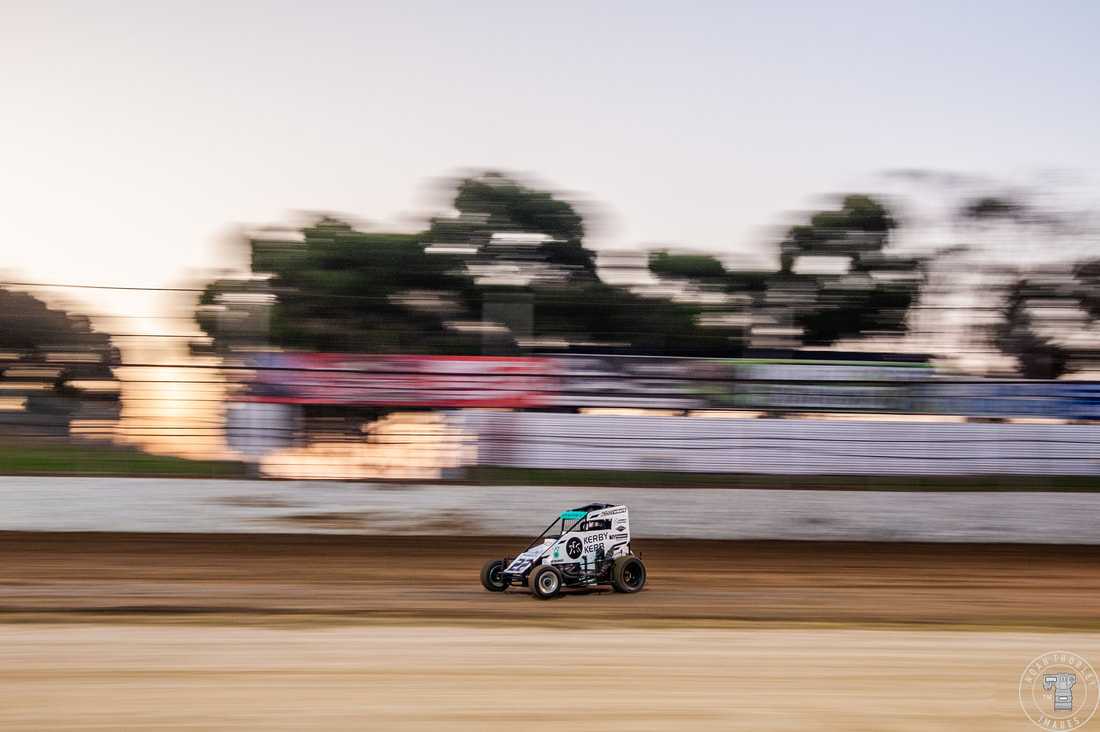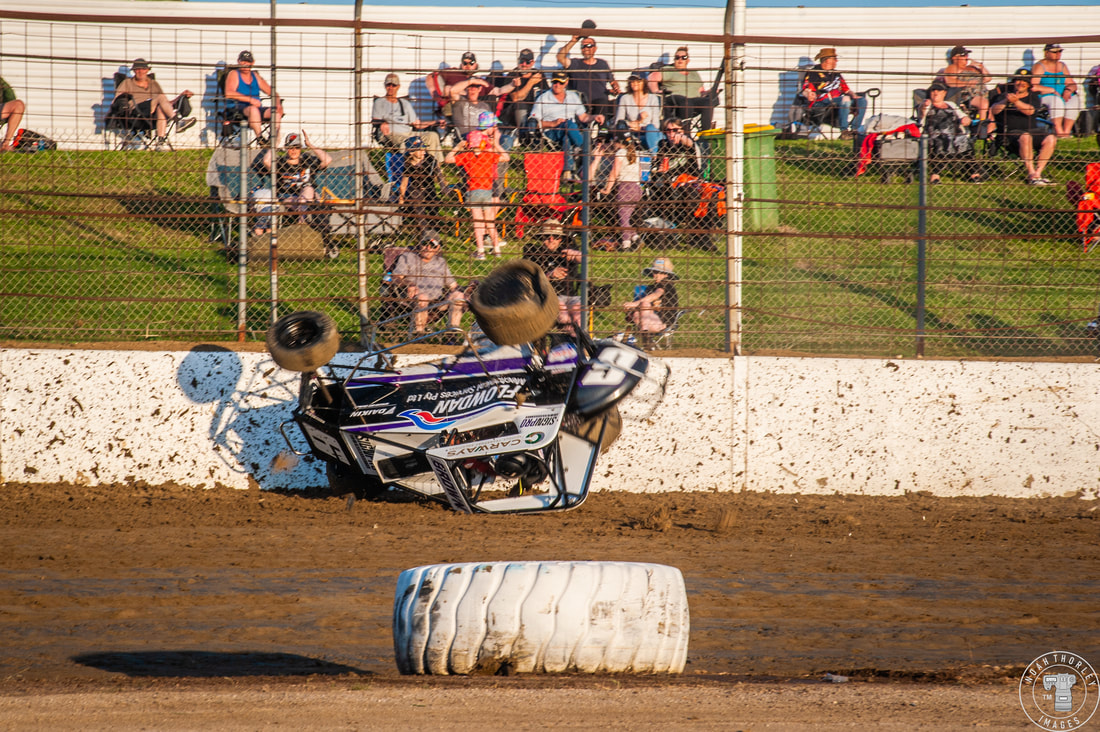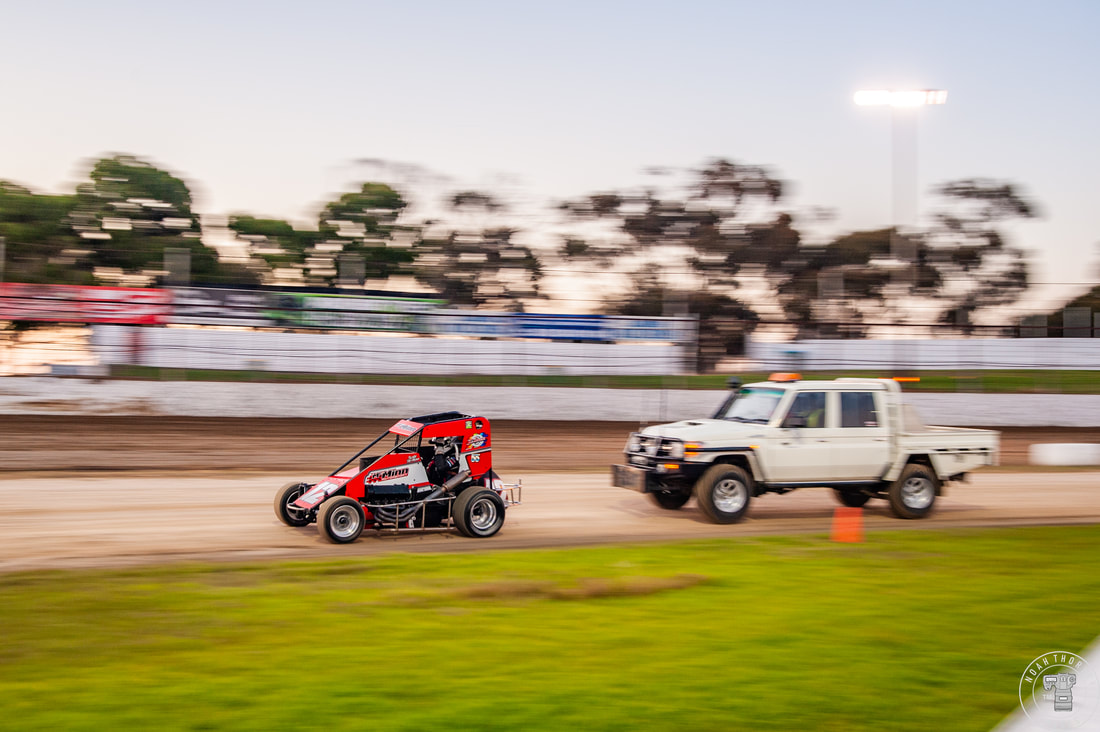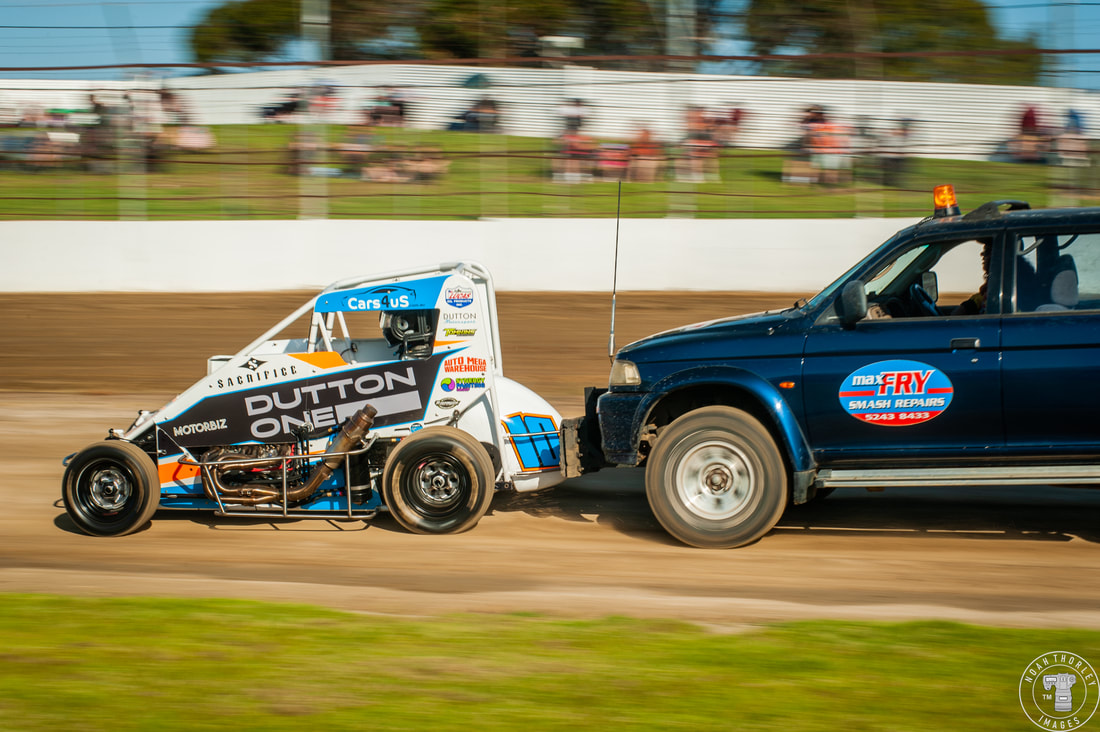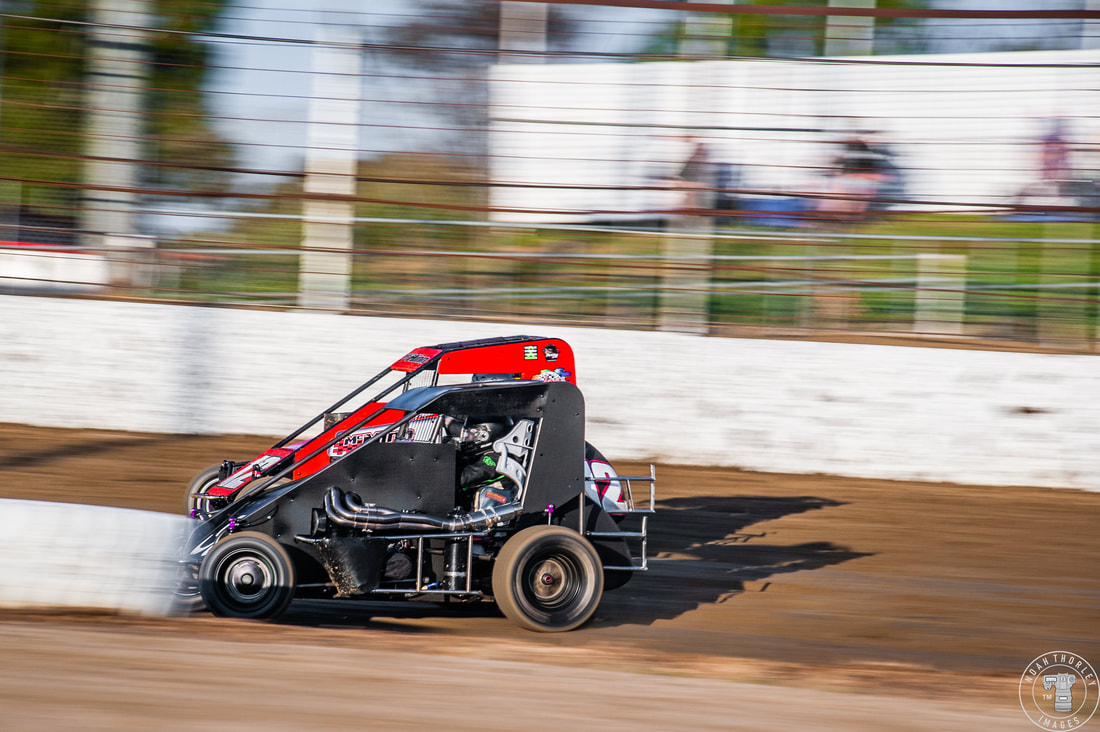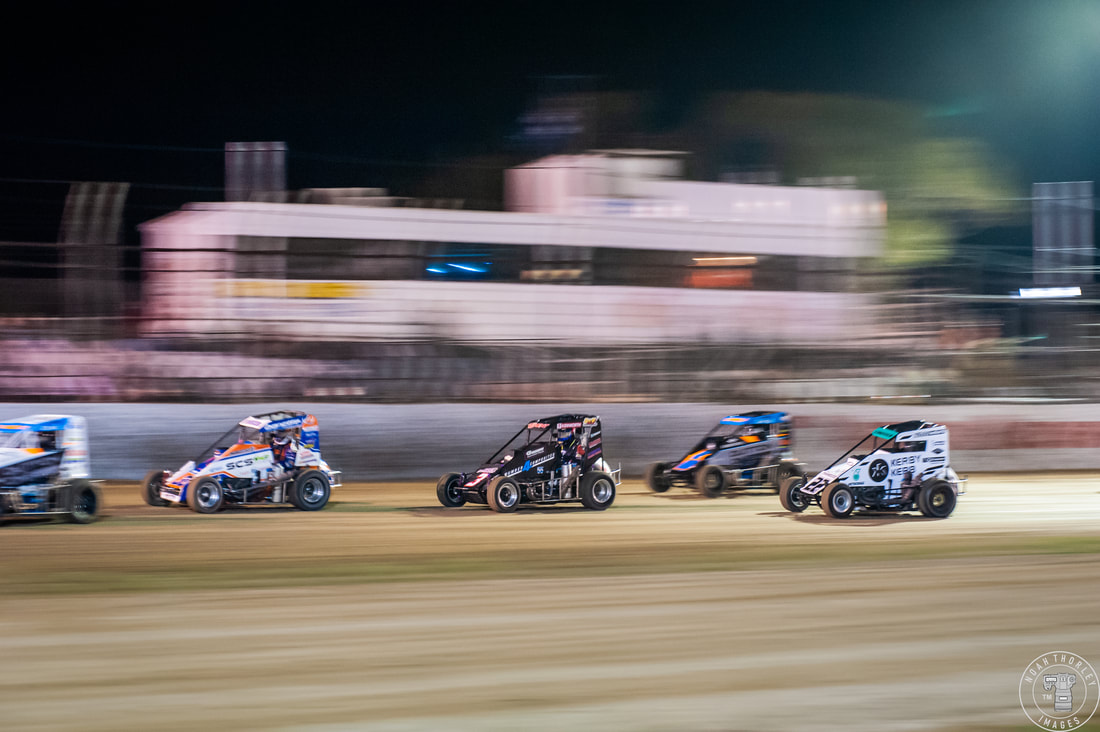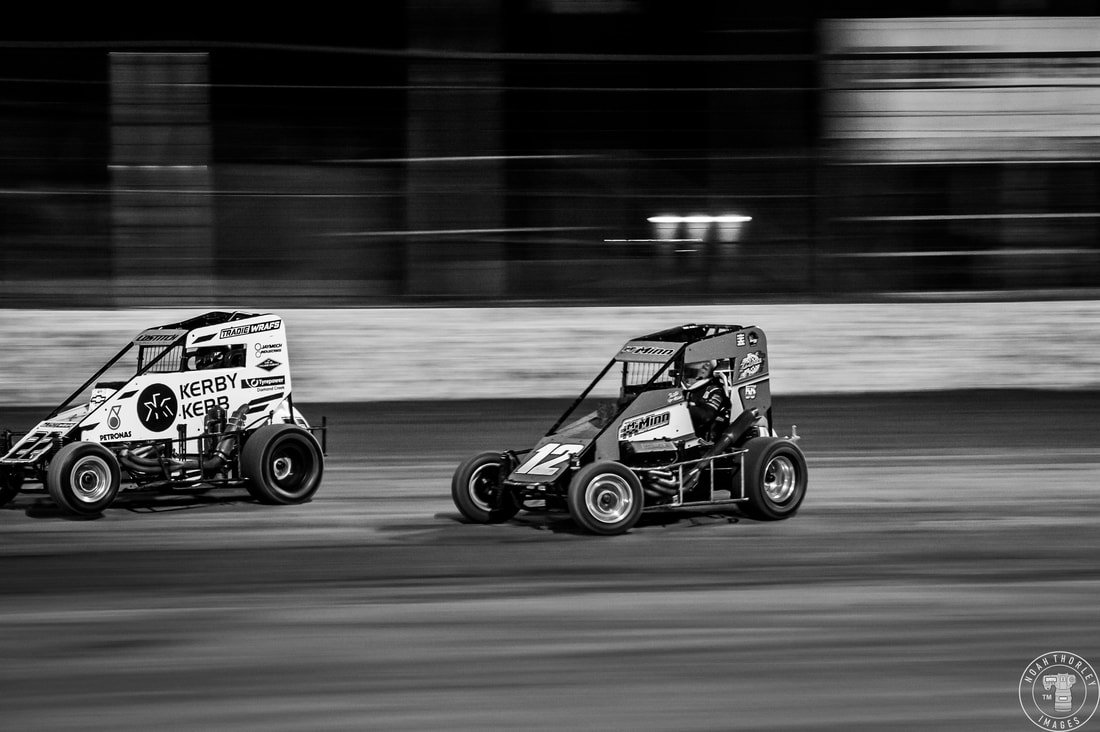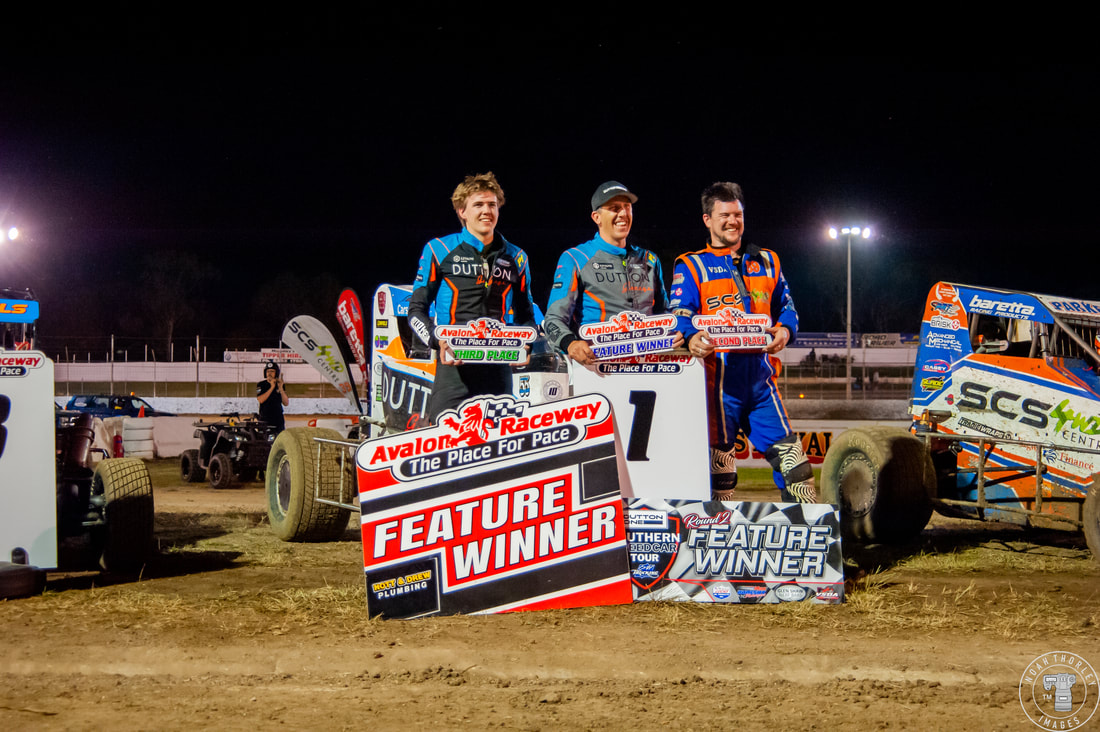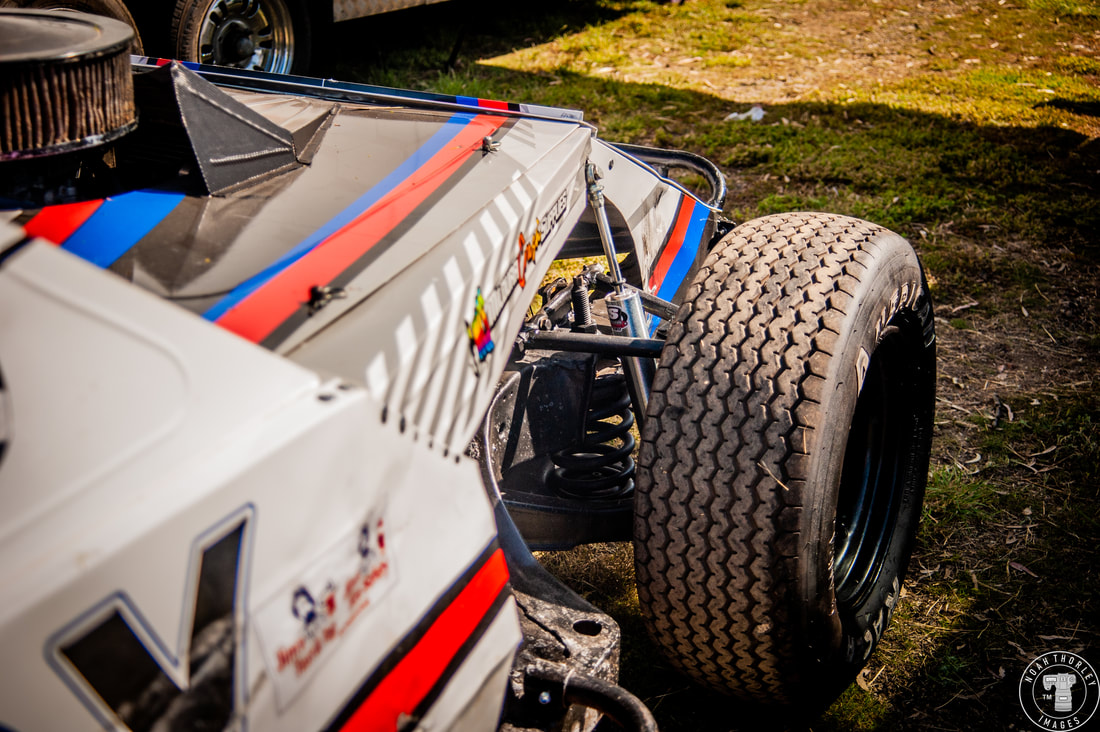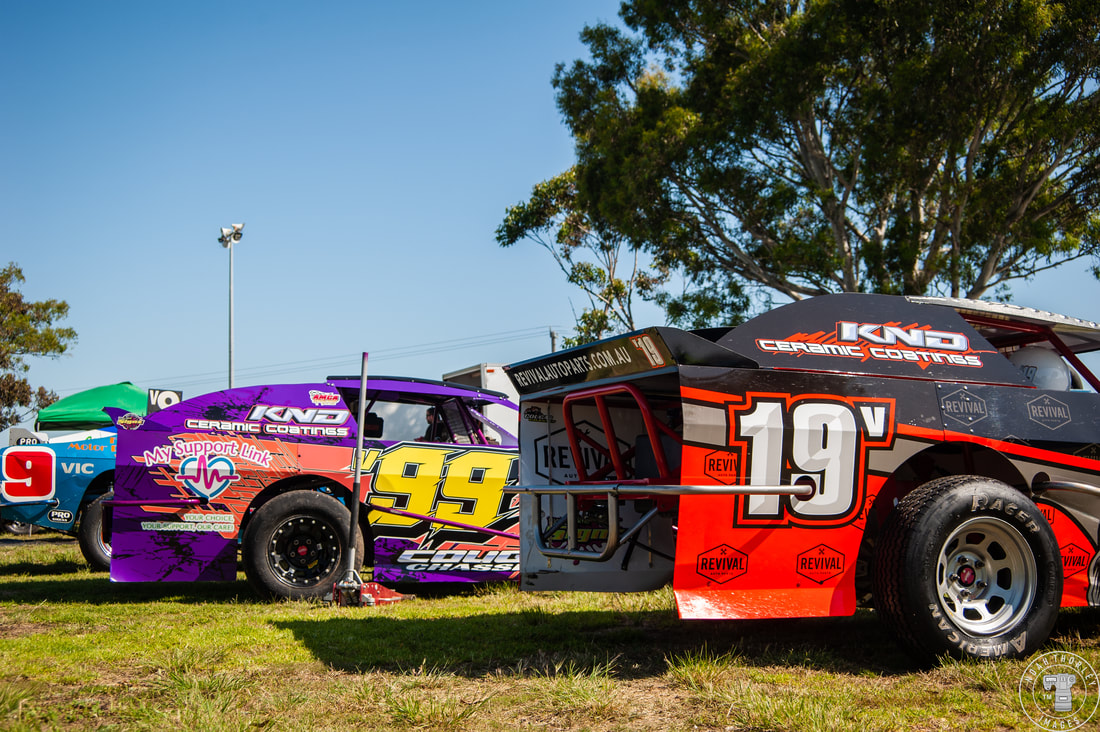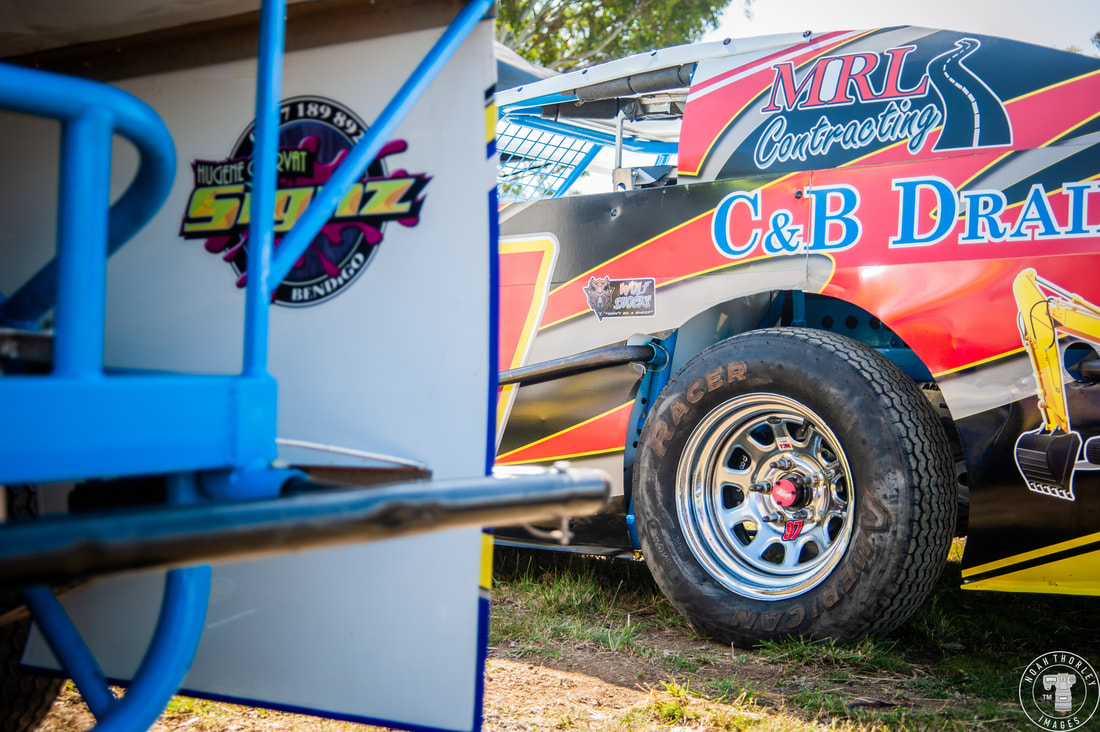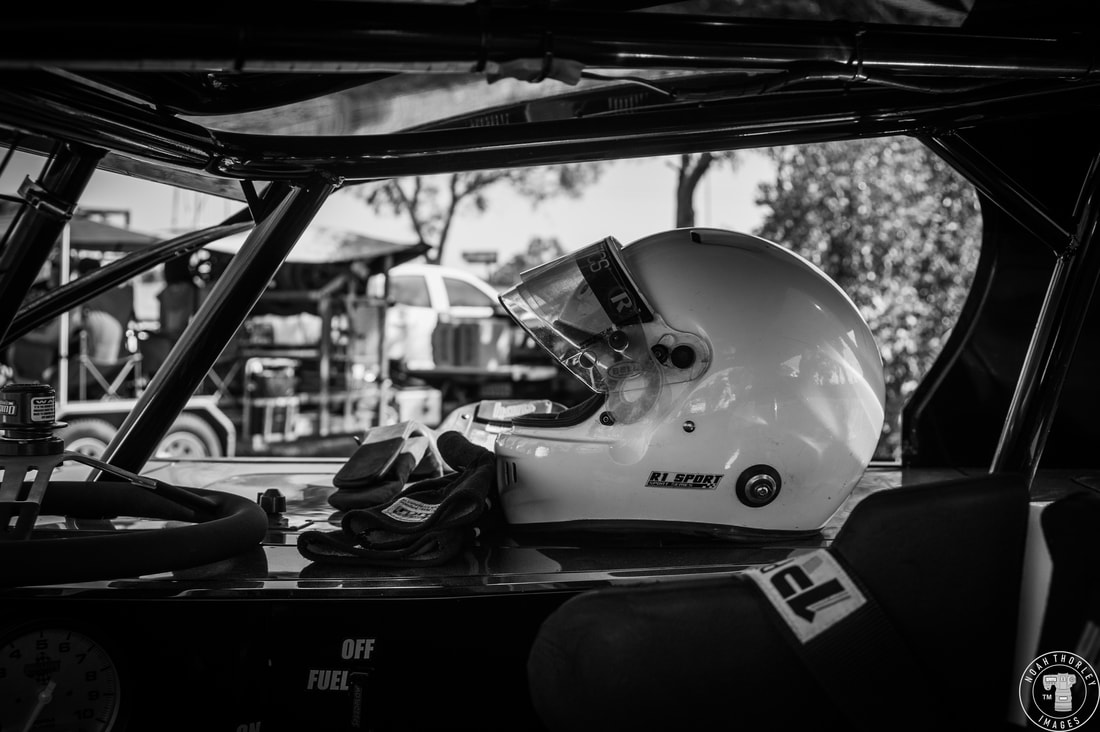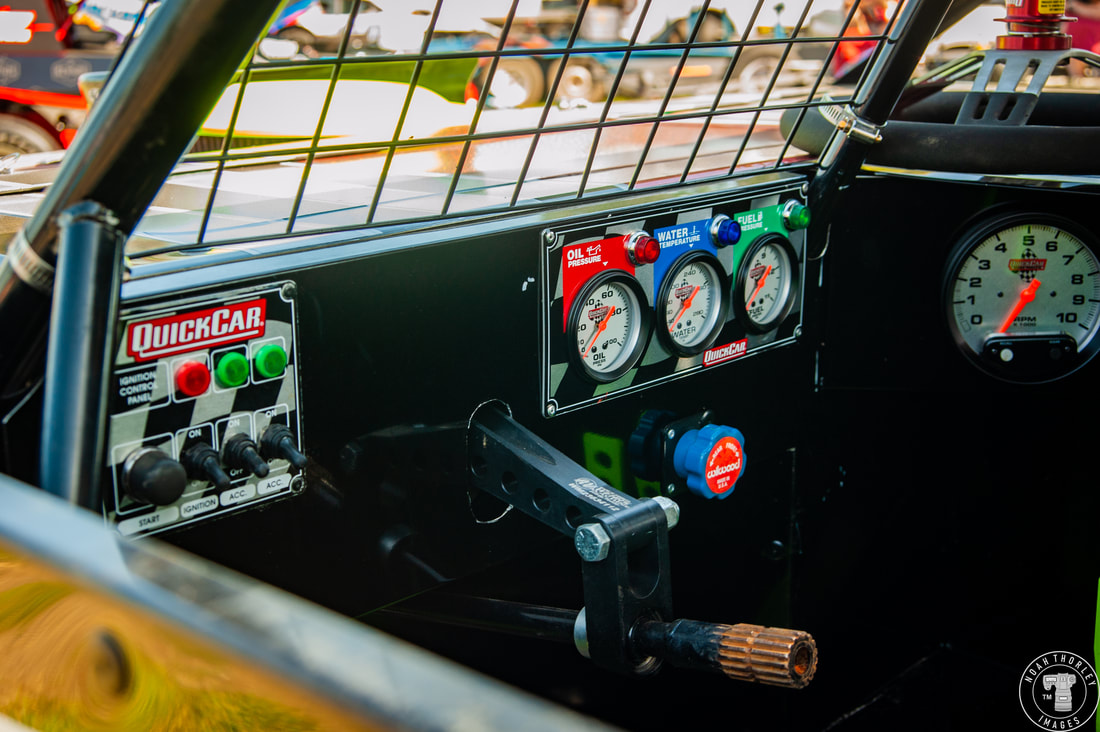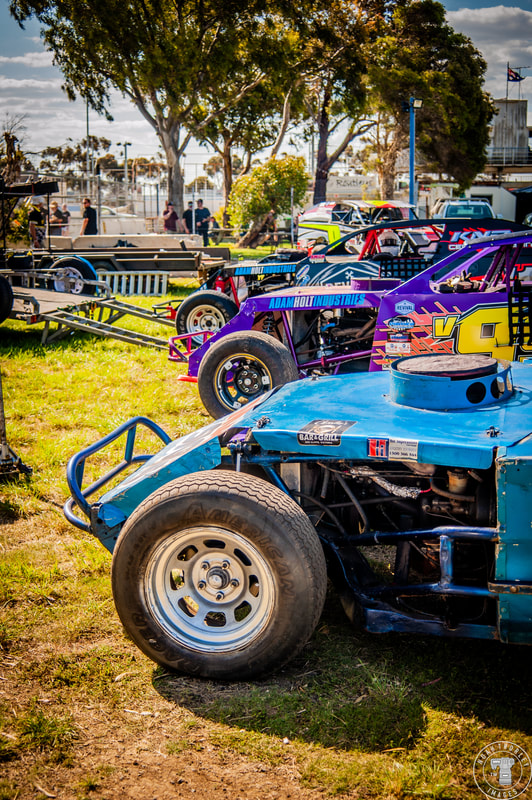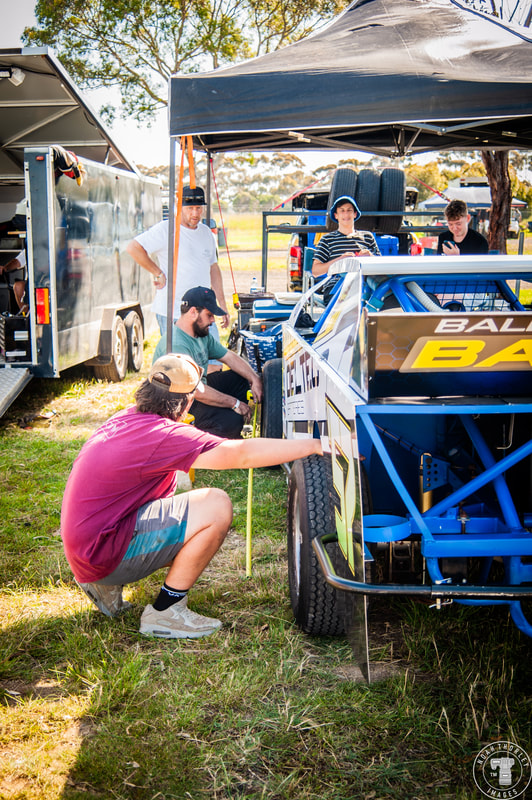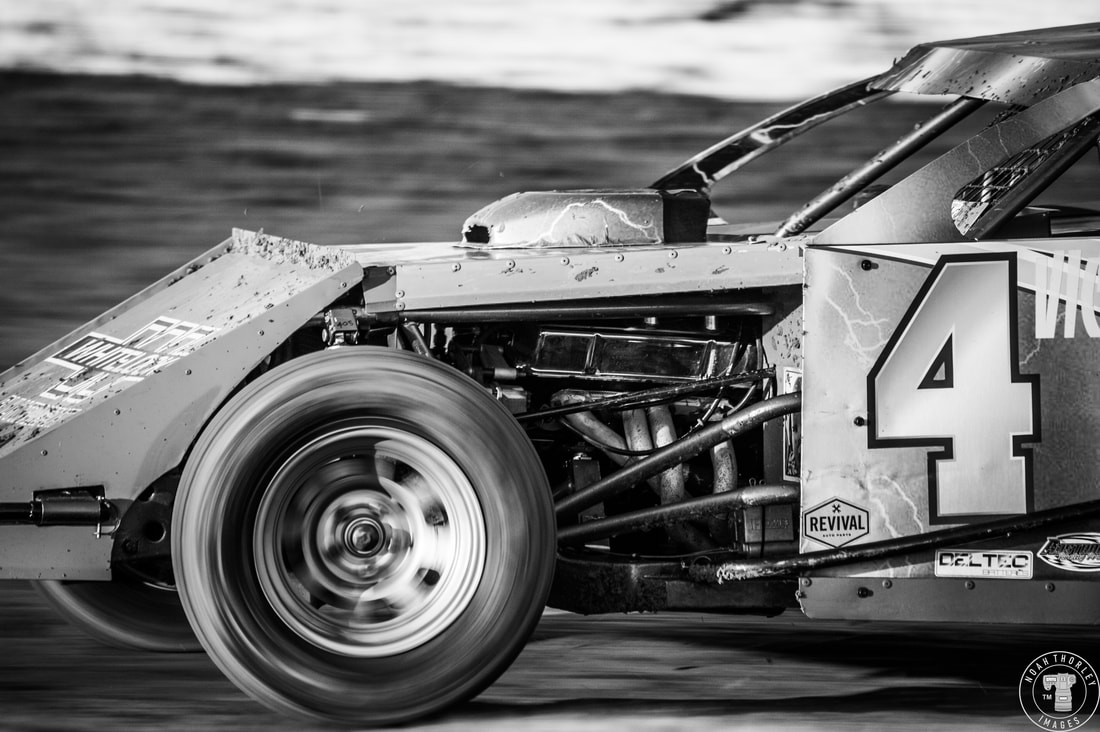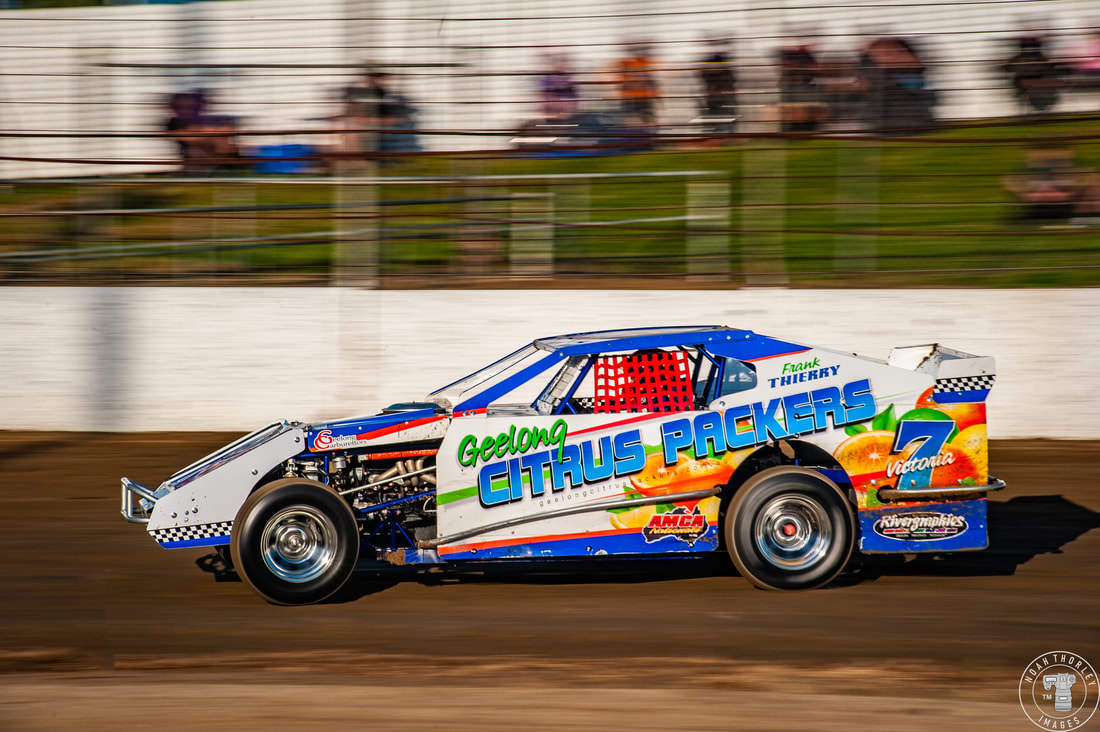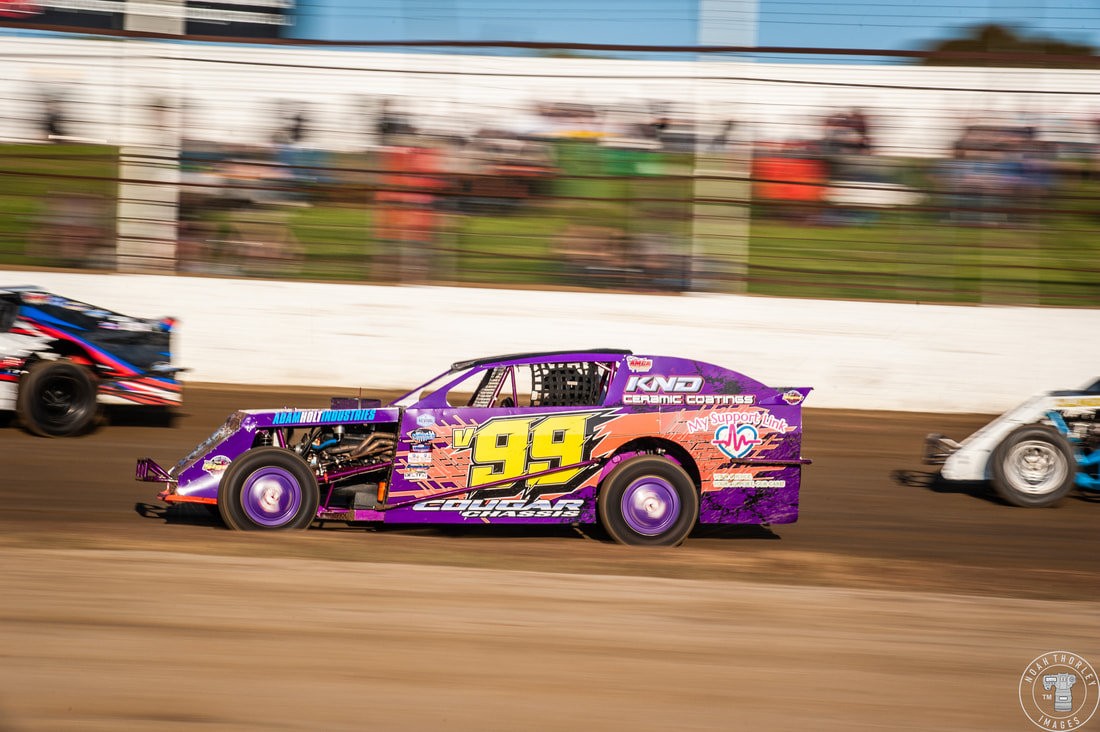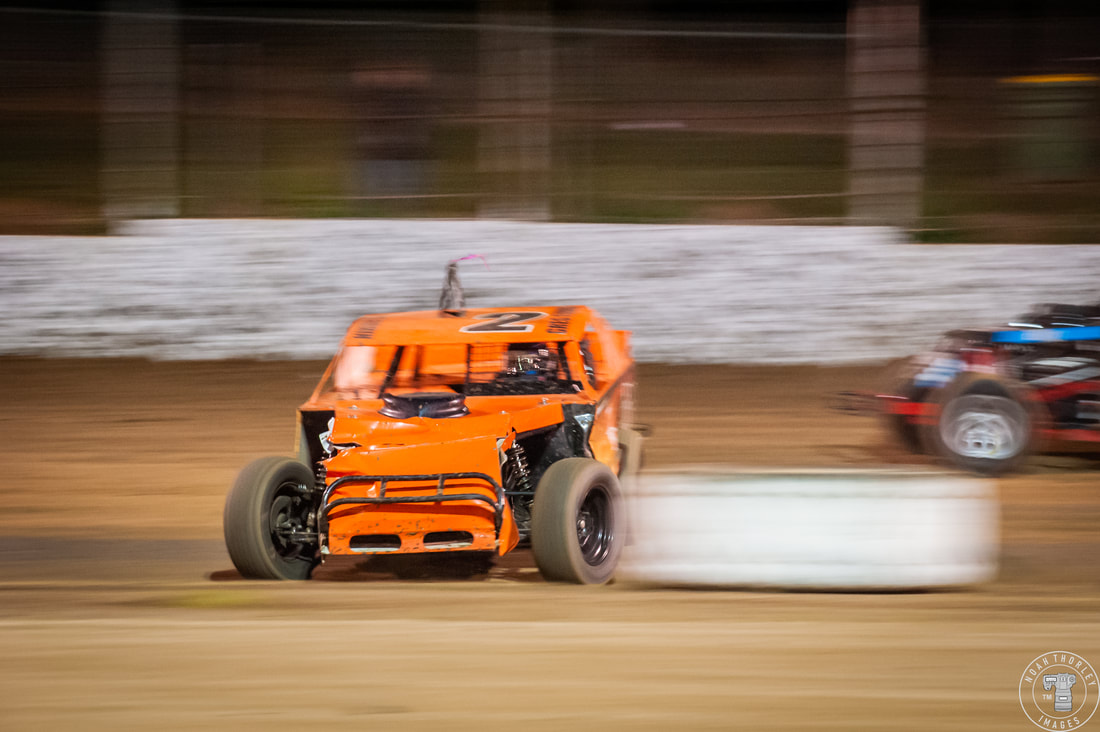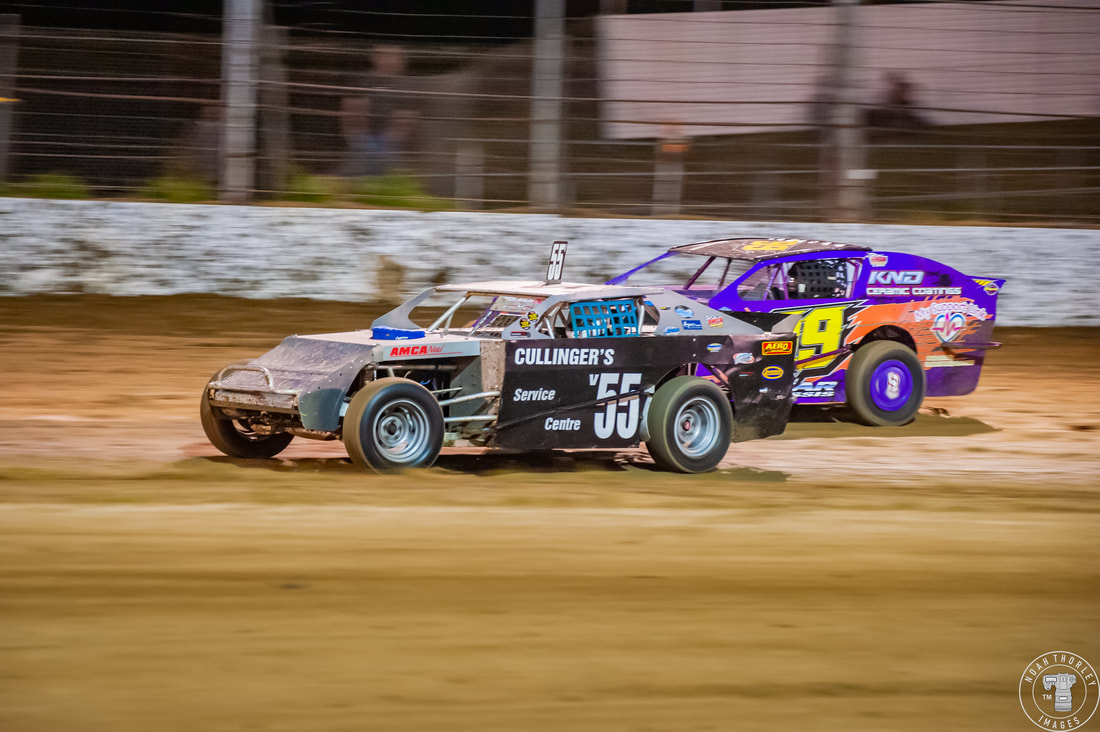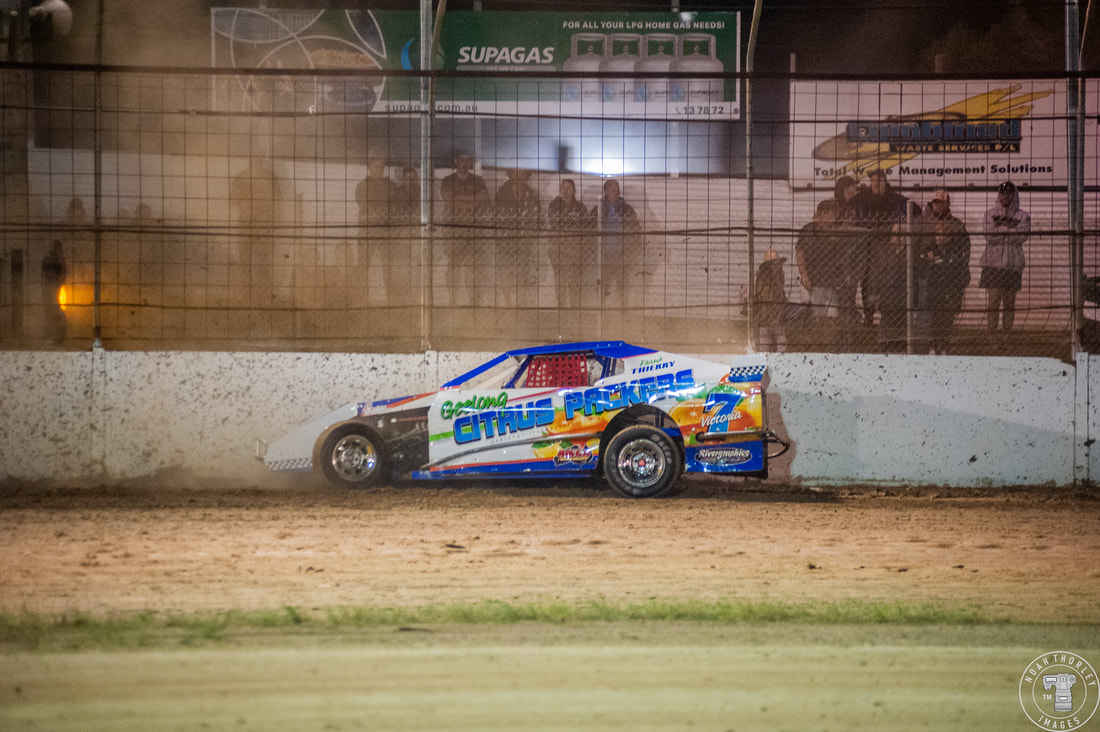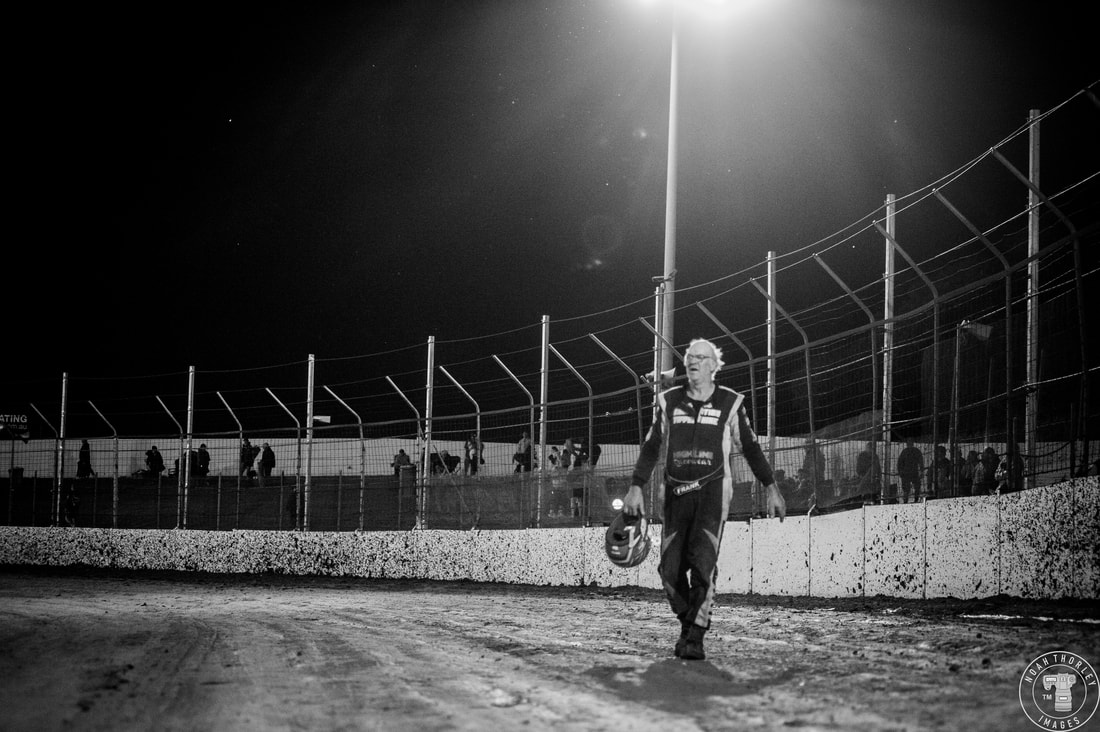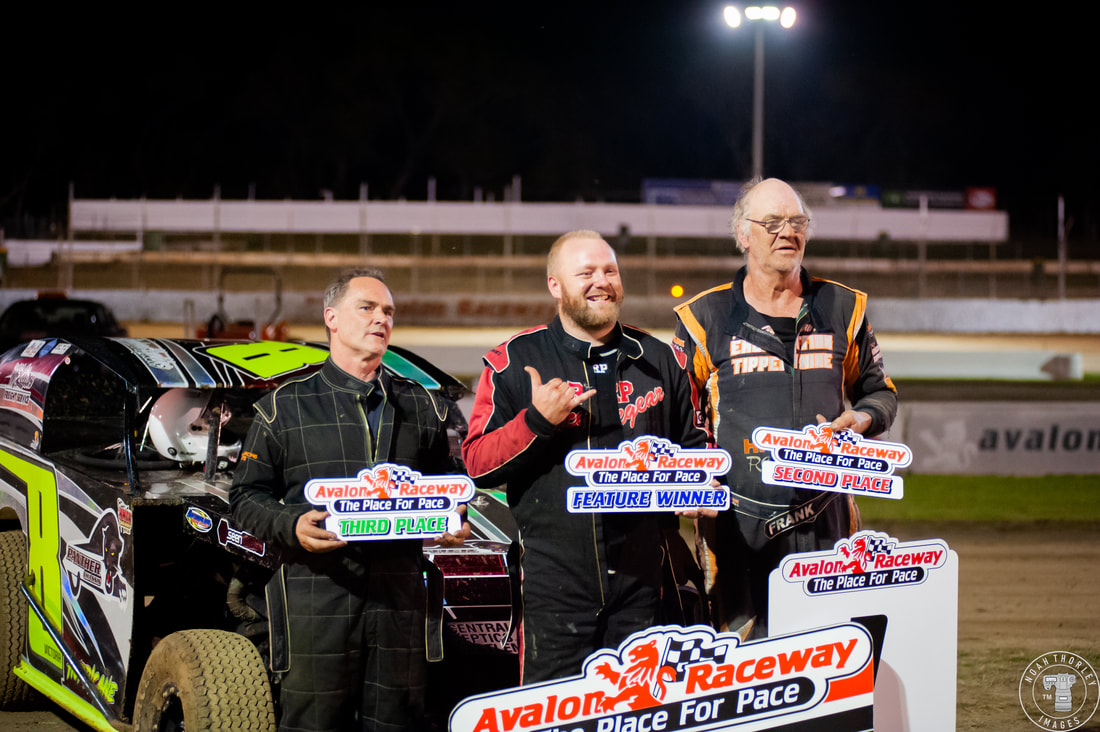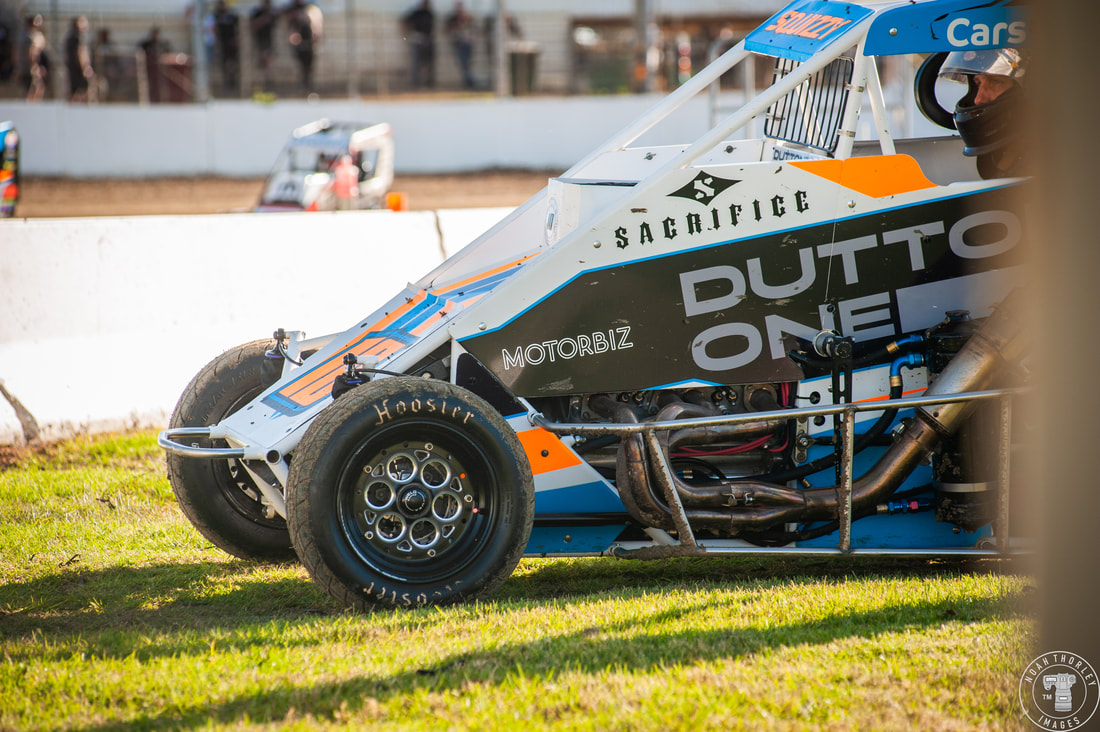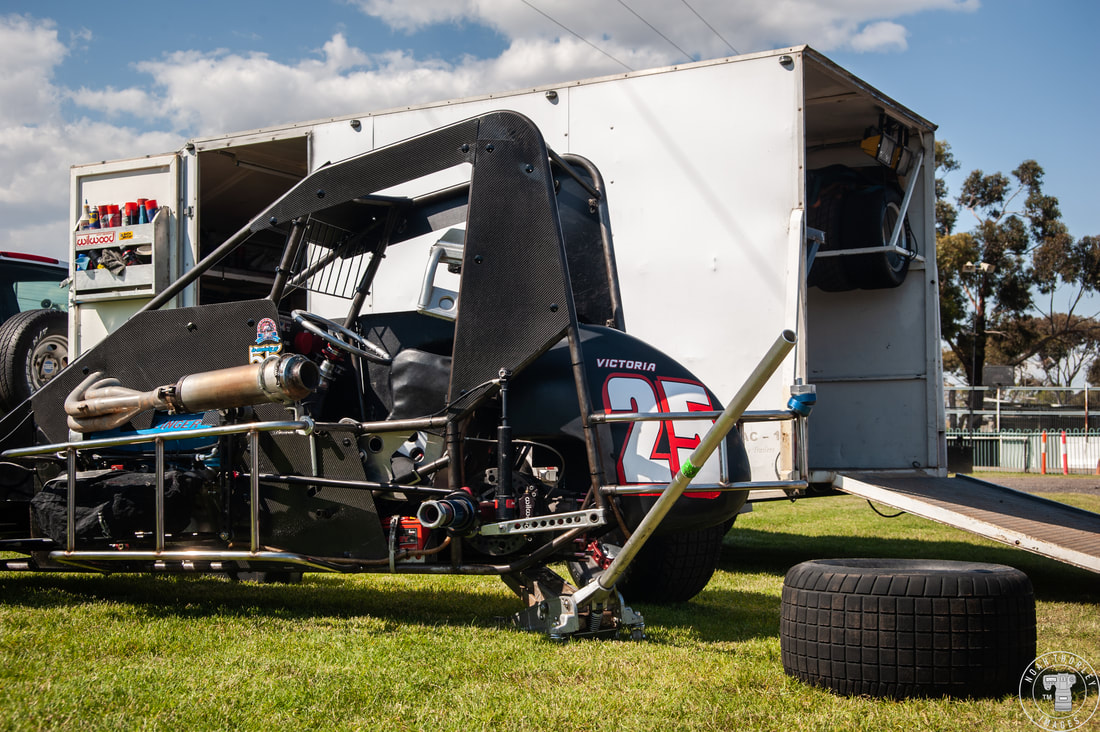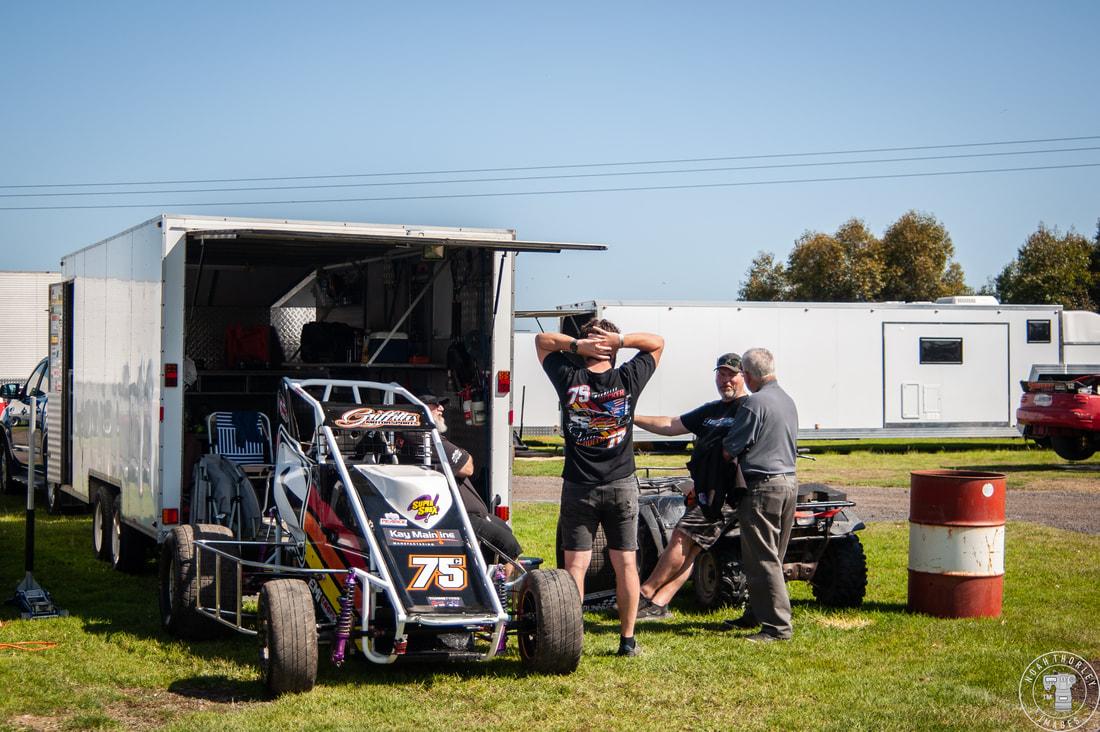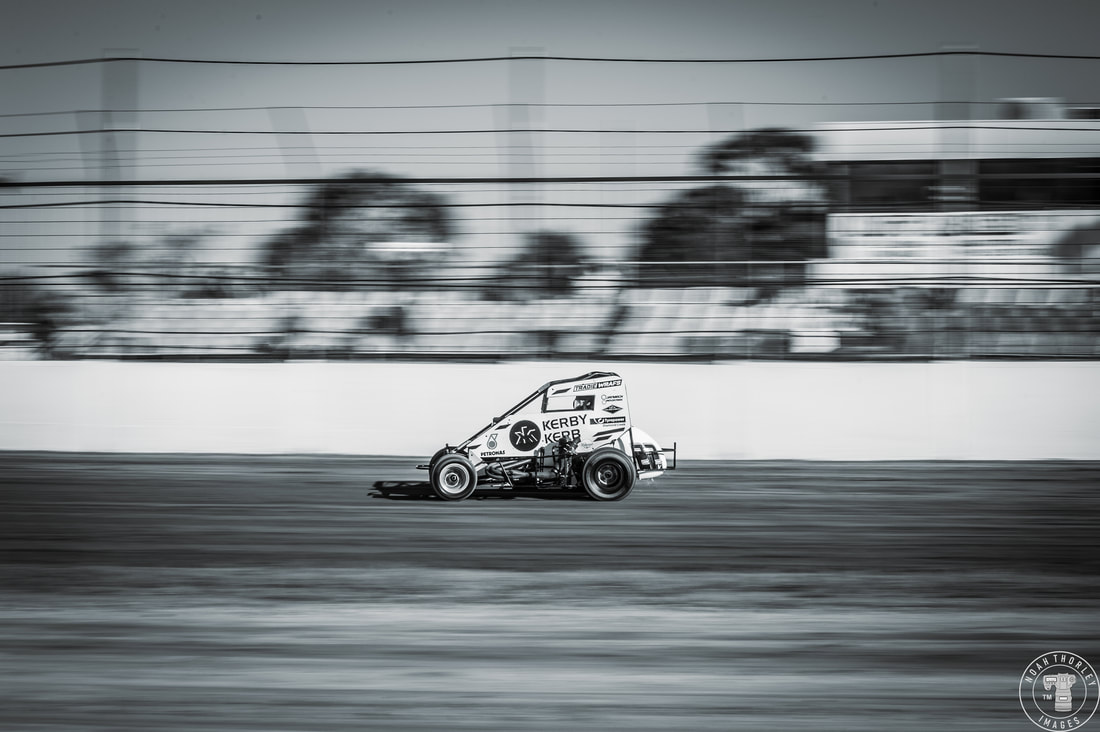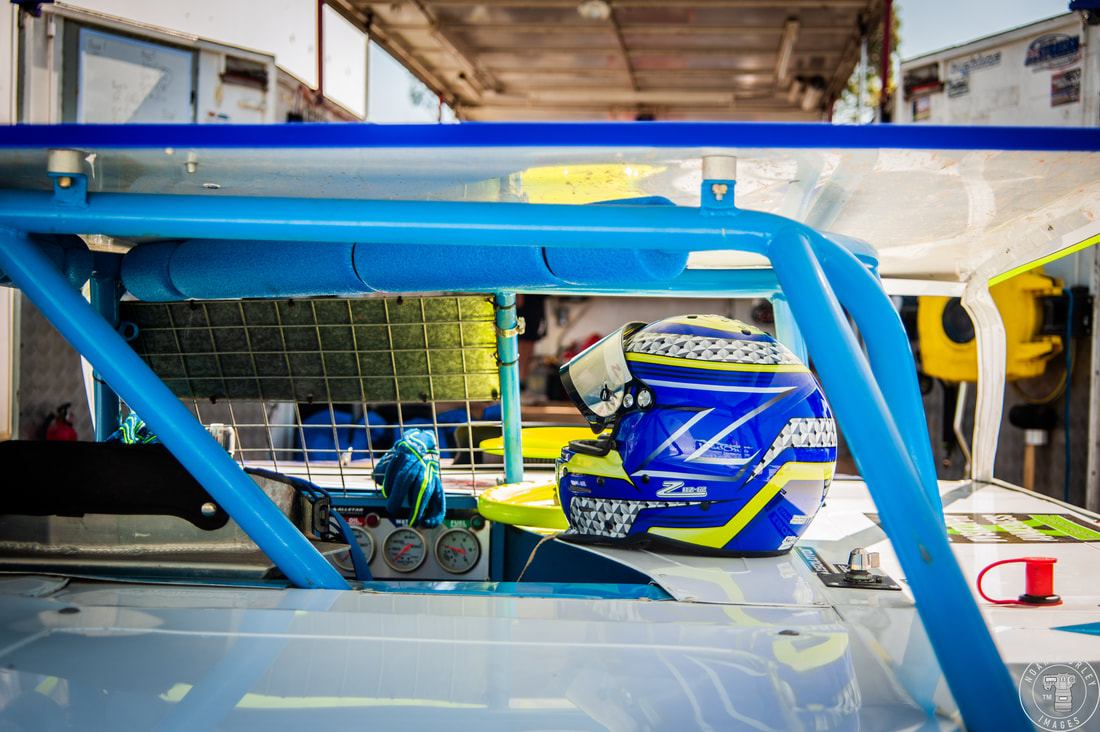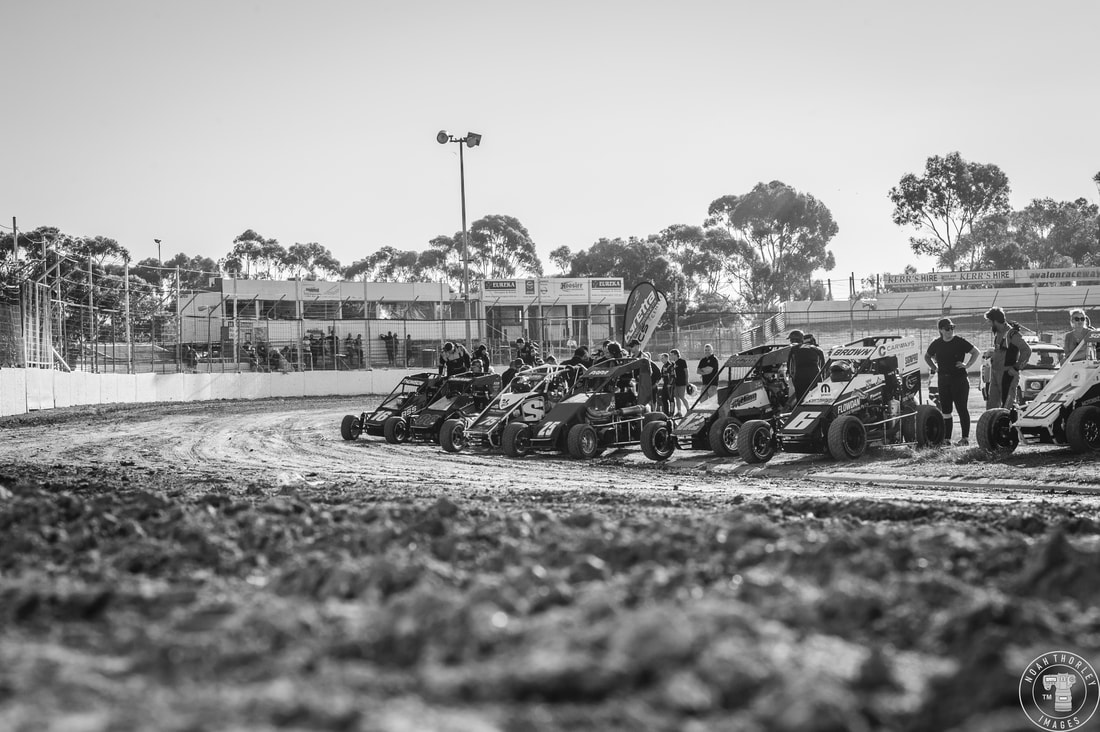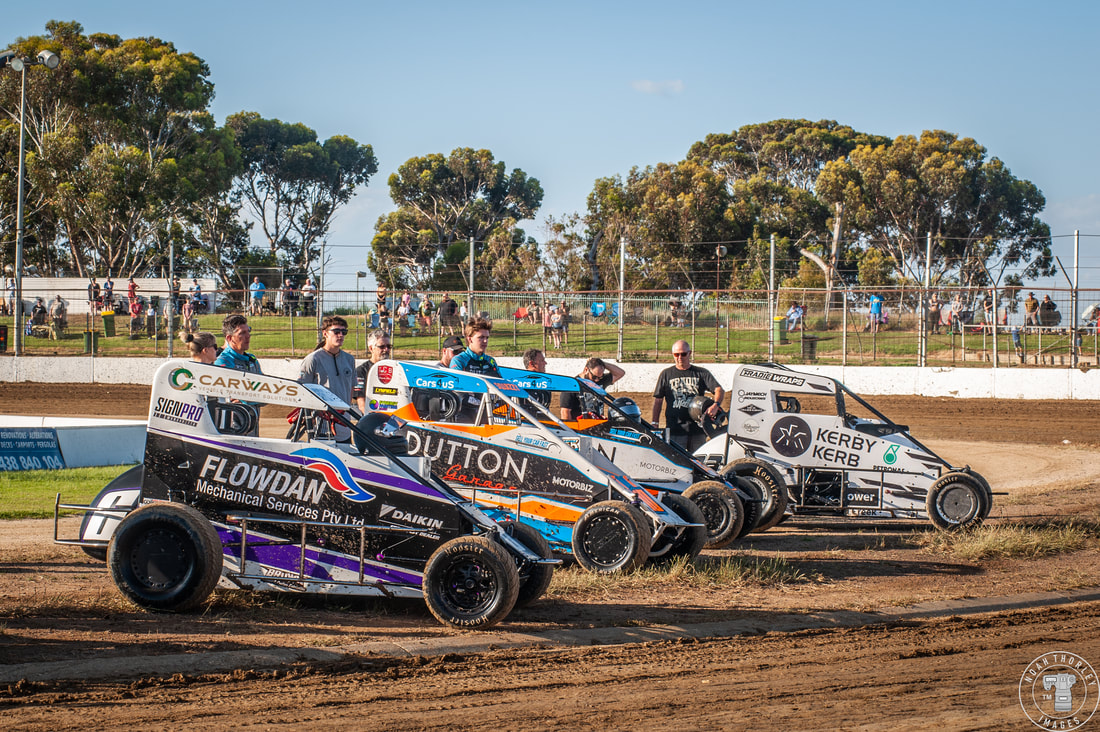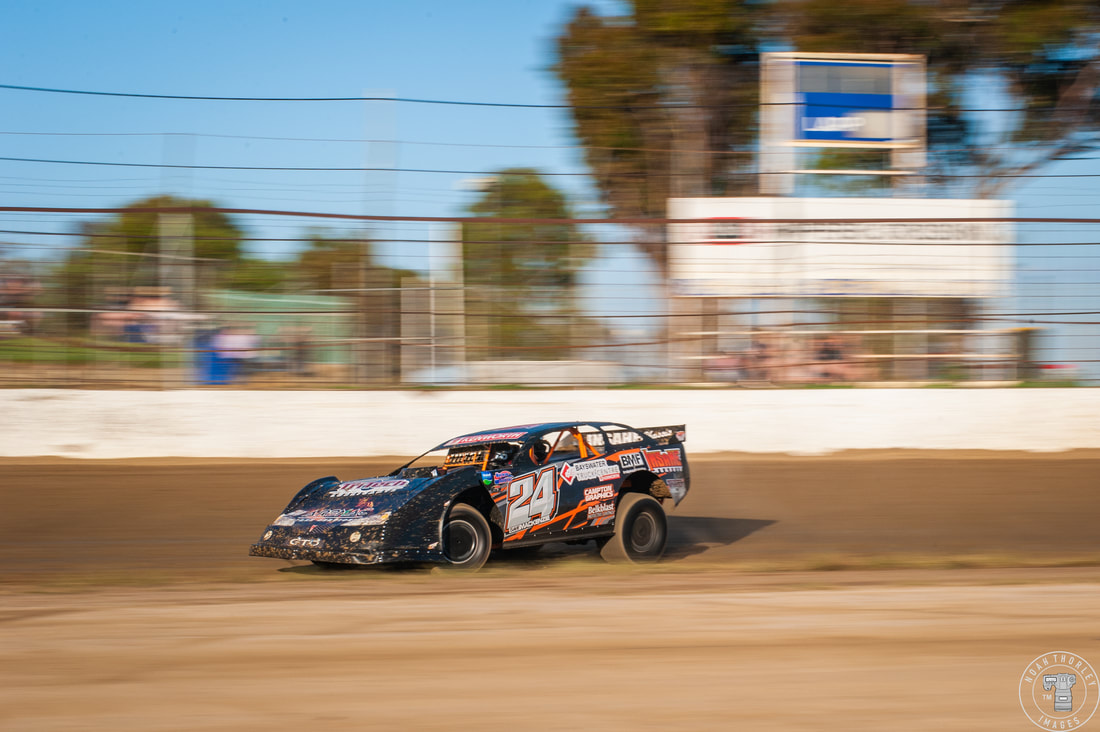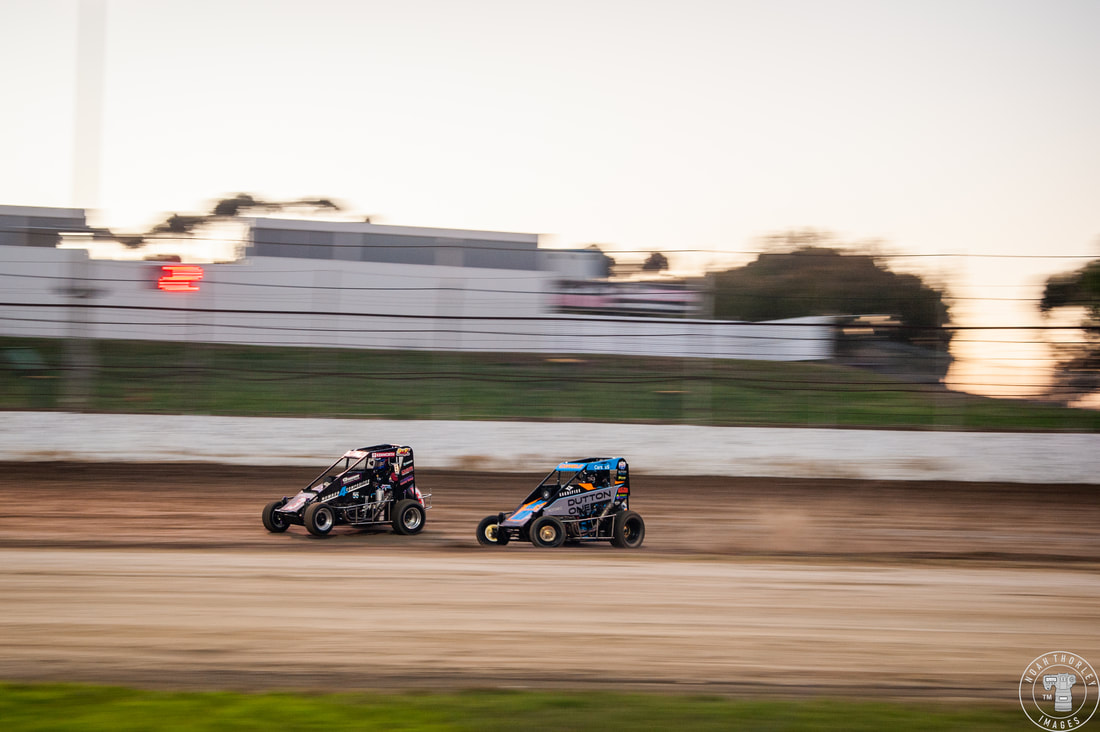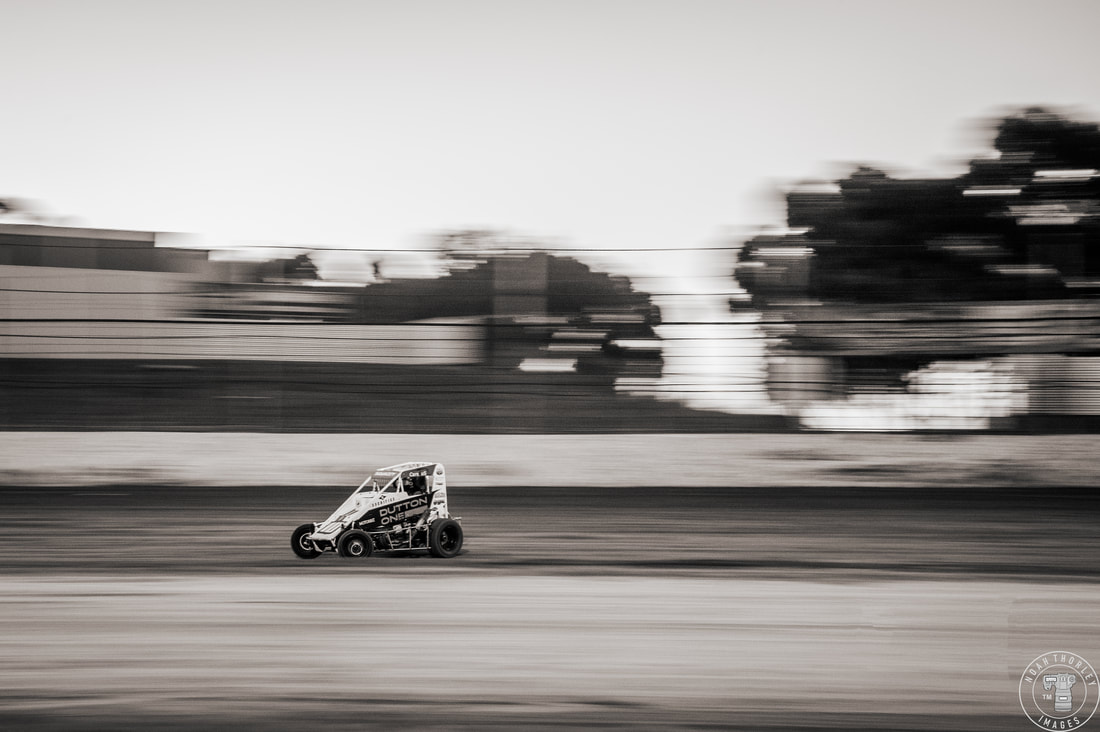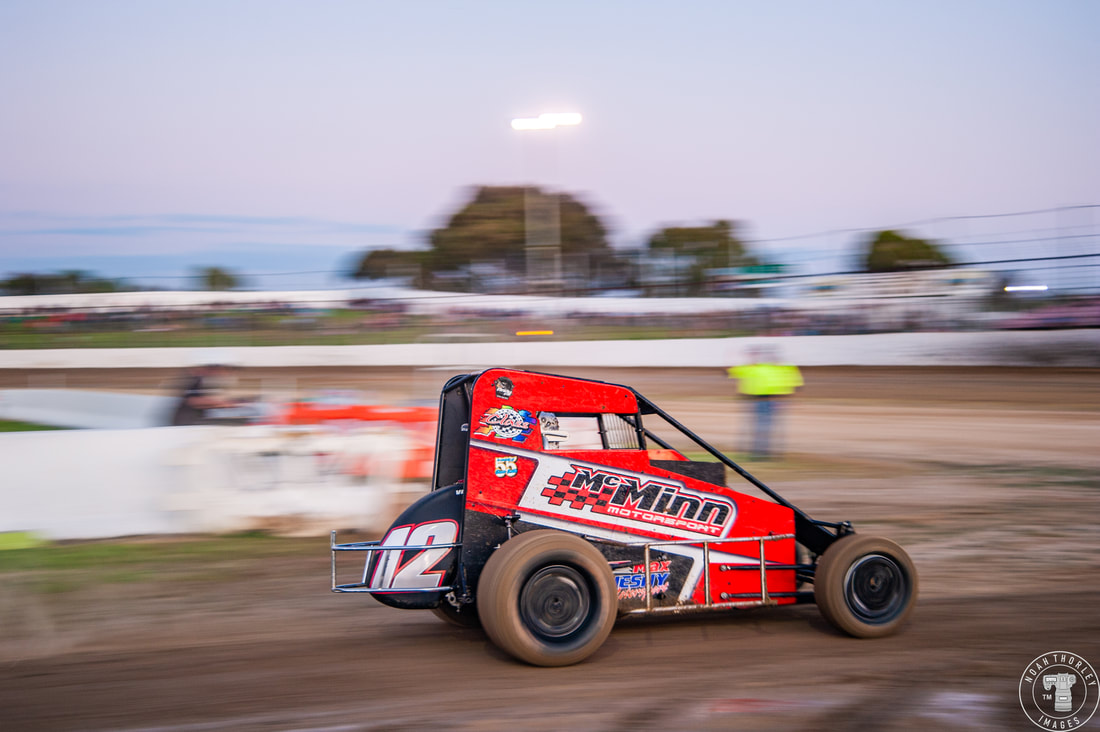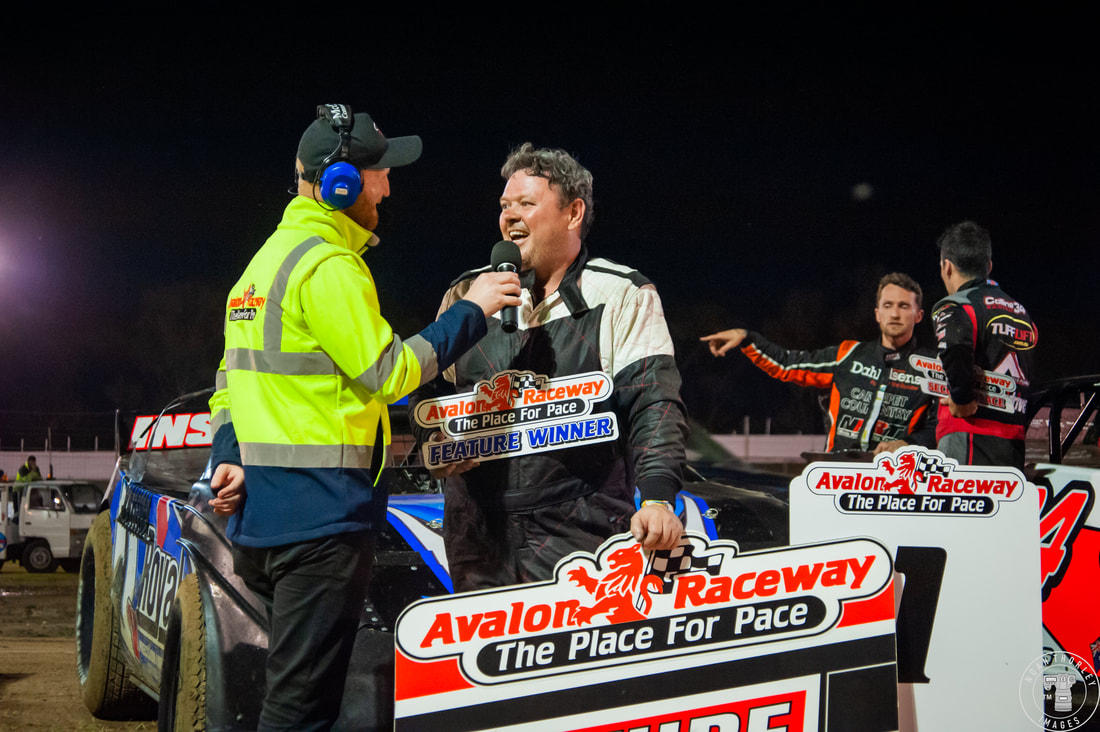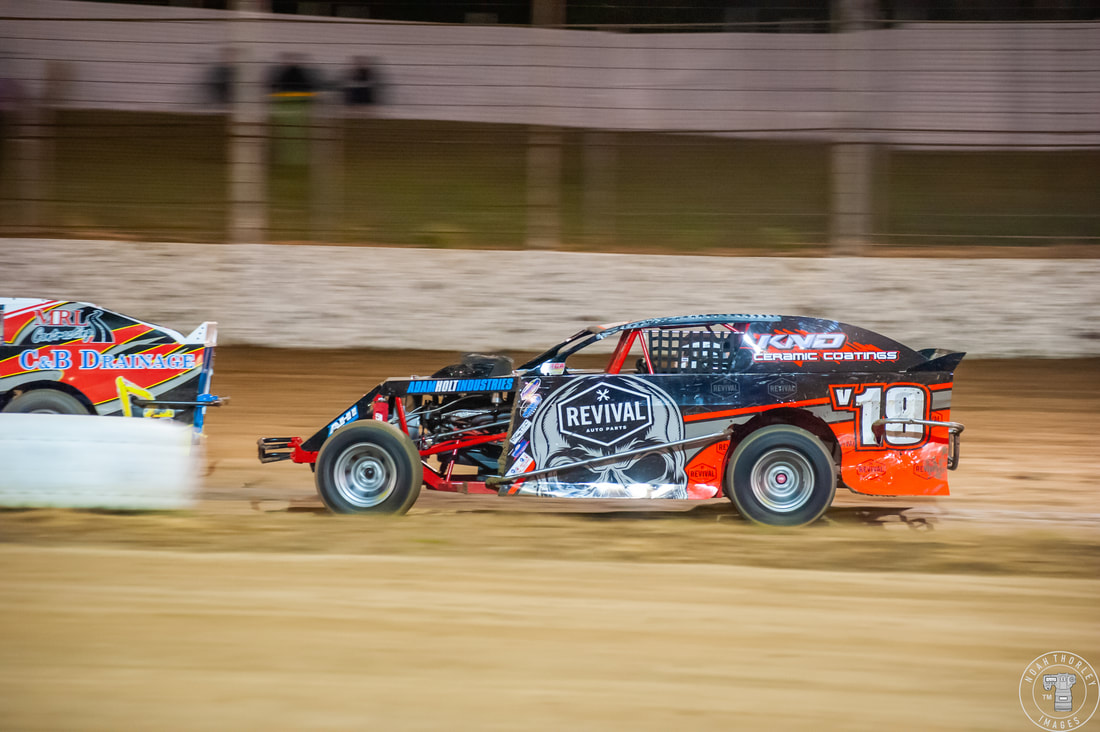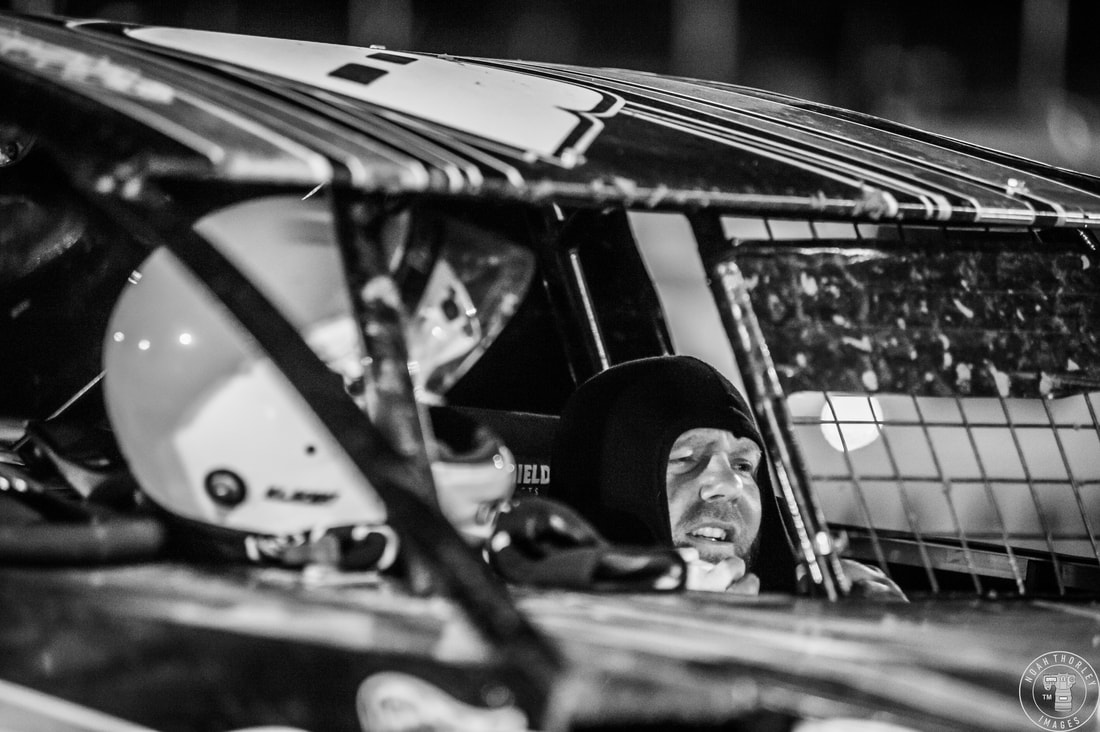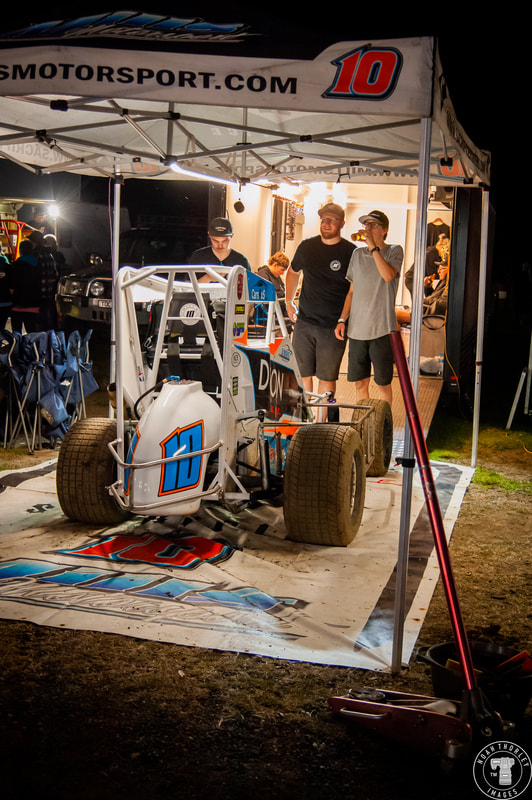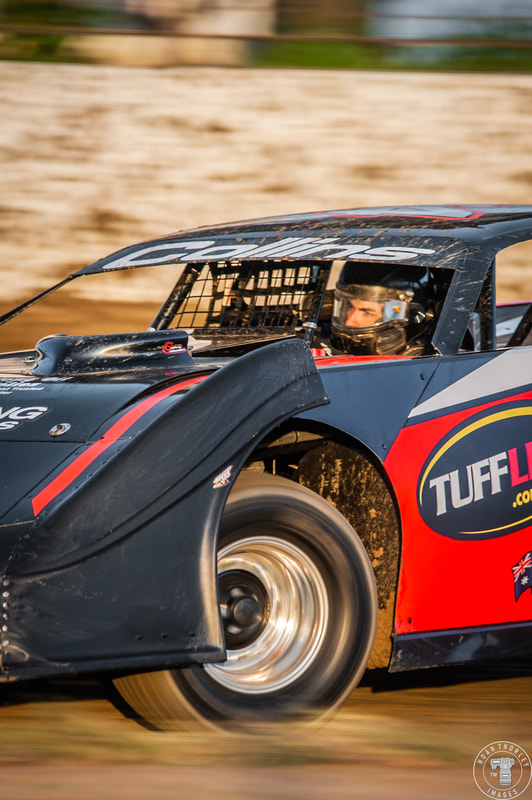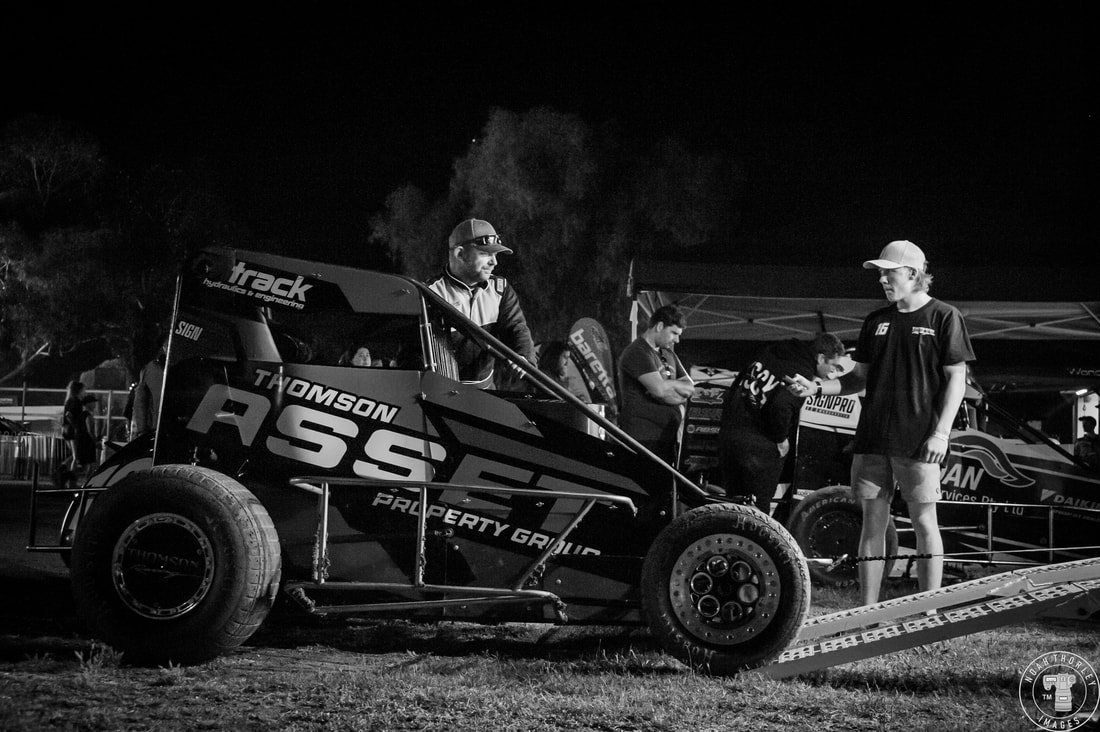|
It's that time of year again. Most motorsports have finished for the year and are in their offseason. The northern hemisphere is in its winter, race cars are protected in sheds and racetracks are covered in snow. Luckily for us in the south, we are having our summer months as motorsport in the north sleeps, which means that certain disciplines of racing are now awake in Australia. In short, it's Speedway season! Every year, my Dad and I would head to Avalon Raceway for the Sprintcars and Dirt Modifieds. This time however, I was able to be inside the clay bowl, where today's gladiators would fight their machines and others for bragging rights, championship points and prize money. There are quite a few different racing categories when it comes to speedway racing, with varying styles of racing and race cars. On this given Saturday at Avalon, there were four; Street Stocks, Super Sedans, Speedcars and AMCA. Let's start with the Street Stocks. These are stripped out road going sedans that were sold in Australia, and are now fitted with roll cages and restricted to naturally aspirated four and six cylinder engines. The driver still sits on the right, which means that unlike most speedway racing, the Street Stocks can race both anticlockwise and clockwise (just like the AUSCAR series back in the day). The direction of the race is decided by a prior coin toss. The doors are either securely bolted or welded shut, steering, brakes and suspension must be standard from factory and the tyres must be road going radials. Overall, a pretty pure form of racing, hearkening back to motorsport origins of good ol' boys in their daily drivers, racing around man made dirt tracks of old. On the outside, they are bruised racecars in war paint, but underneath, they're extremely similar to what you'd drive to the track to watch a night's racing. Despite only a field of seven entrants, the racing was tight, with only a few spins bringing out the yellow flags. The Street Stocks would race one in the clockwise direction and then twice anticlockwise. The no. 88 Falcon of Tim Hutchison looked to be the one to beat on the night, with quite a lead in race 1, however, he would suffer mechanical issues, bringing his night to an early close. Dale Morrison would win all three races, followed by Ricky Throckmorton and Leigh Gooding in the Street Stocks final. Next up we have the Super Sedans. I'm not sure why they're called sedans, when they are made to look like two door coupes, but anyway, a Super Sedan is a purpose-built race car chassis with an enclosed body over the top, with moulded fiberglass or plastic nose and tail panels. Super Sedans can be powered by 6 cylinder and Rotary engines, but the ones racing today were all V8. They can be fitted with a quick-change differential, or a differential fitted with a full floating rear suspension system. The front suspension is fully independent. As they are pitched into the turn, the body and chassis seems to roll onto an angle, with the rear tyres stuck to the clay. With V8 power, a lightweight chassis and just how much these cars are thrown into the corners, the drivers have their hands full. Leaving the track at the end of the night without any panel damage is seen as a good night of racing, although mashed front ends doesn't seem to slow these hard racers down. When you have cars that can happily beat and bang together, you get the result of great racing. Drivers will happily dive into the corner later than those in front, in an attempt to do what's called a 'slide job'. Braking late, moving up in front, sometimes pushing the car ahead wide up the racetrack, causing them to slow down whilst you get ahead, hopefully in control. Lucas Roberts in the blue V0 Sedan and Jamie Collins in the V34 (the V standing for Victoria) would win heat 1 and 2 respectively and would go on to finish first and second in the final. Mick Nicola Jr would round out the final podium in the V1 Super Sedan. Now let's have a look at the fastest cars of the night, the Speedcars! Commonly known as Midgets, these are smaller versions of Sprintcars and without the wings. Made up of a tubular frame and restricted to engine sizes of approximately 2.7 to 2.8 litres, these chariots push out around 320 to 360 bhp whilst only weighing 408kg. A scary power to weight ratio that makes the Speedcars extremely exciting to watch. Blink and you'll miss them. Depending on engine type and the positioning of the exhaust and intake on the engine, the size of the engine can be restricted from 2415cc to 2852cc (approx. 2.5-2.8 litres) or if it's a two-stroke engine; 2100cc (2.1 litres). You could even have a rotary engine like the no. 55 car above, which are limited to 1575cc (1.5 litres). Inside and out, the Speedcars like the Super Sedans are built strictly for racing. Tyres specifically designed for racing on clay and dirt are fitted, and in the cockpit it's a tight squeeze with the larger than normal steering wheel acting as a mechanical advantage to help drivers keep a grip on these twitchy cars. Speedcars are known to hop around in the corners, drive on three wheels and sometimes pop wheelies. It's like riding a bull around a ring, which can sometimes lead to flips (just ask Michael Pickens!) Speedcars like Sprintcars often don't have starter motors, meaning they need a push start before each race and to be restarted if they spin out. So, add the ingredients of a high power to weight ratio, cars that need to be wrestled around the clay at unbelievable speeds, plus a tight field of competition and you have a recipe for some extremely exciting racing to not only watch, but also to photograph. The Dutton One cars would show their outright speed however, in the final with Travis and Caleb Mills finishing first and third respectively, Nick Parker splitting the two in second. Last but certainly not least, let's talk about the AMCAs. Based off the American Dirt Modifieds, AMCA's are also purpose-built race for speedway racing, however, they use the front end from a Holden HQ-WB. Up front, teams have a choice of using a Holden V8 253ci engine or a Chevrolet V8 350ci crate engine. To put the 340-350hp to the rear wheels, there is a choice between a Commodore BorgWarner differential or a quick-change differential, like the aforementioned Super Sedans. All cars run the same tyres to maintain close competition. The steering system must also be from the Holden HQ-WB and the bodies can be made from fiberglass or aluminium, made to resemble a road going sedan or hatchback. But to be honest they look like nothing you'd see on the road. With 340 horsepower on tap from the angry V8 engines and only weighing in at over 1000kg, plus the relatively large field of 15 cars that night, the competition and on track battles were tight. Yes, Stephen Hopkins would dominate the final race winning by nine seconds, but the battles for the final podium places would go down to the chequered flag. At the flag, Frank Thierry and Grant Cullinger would be side by side, with Thierry ending up in the wall. Despite having to walk back rather than drive his stricken car to the podium, he would still claim second place, with Cullinger third. Bonus Gallery
0 Comments
Leave a Reply. |

